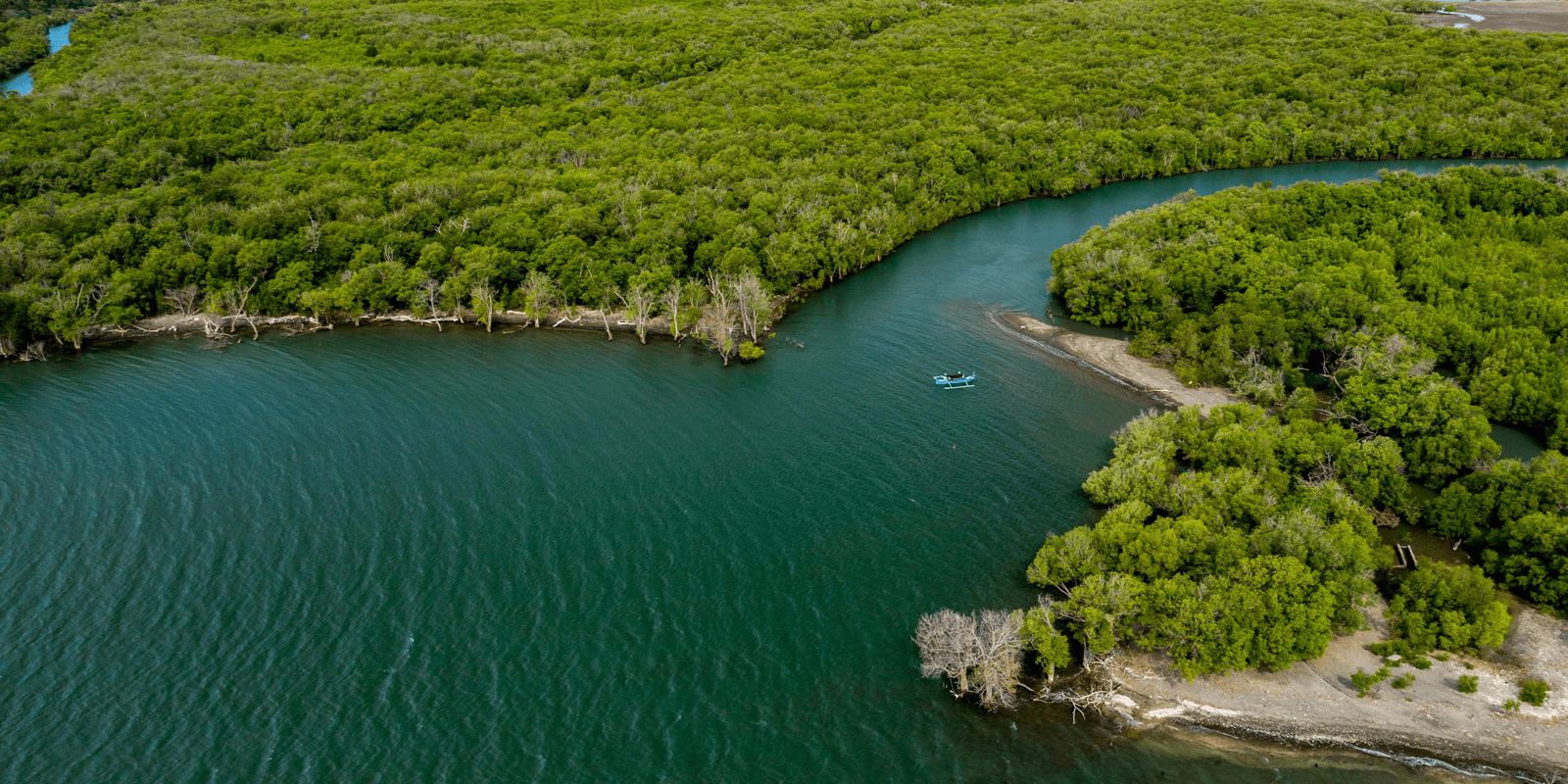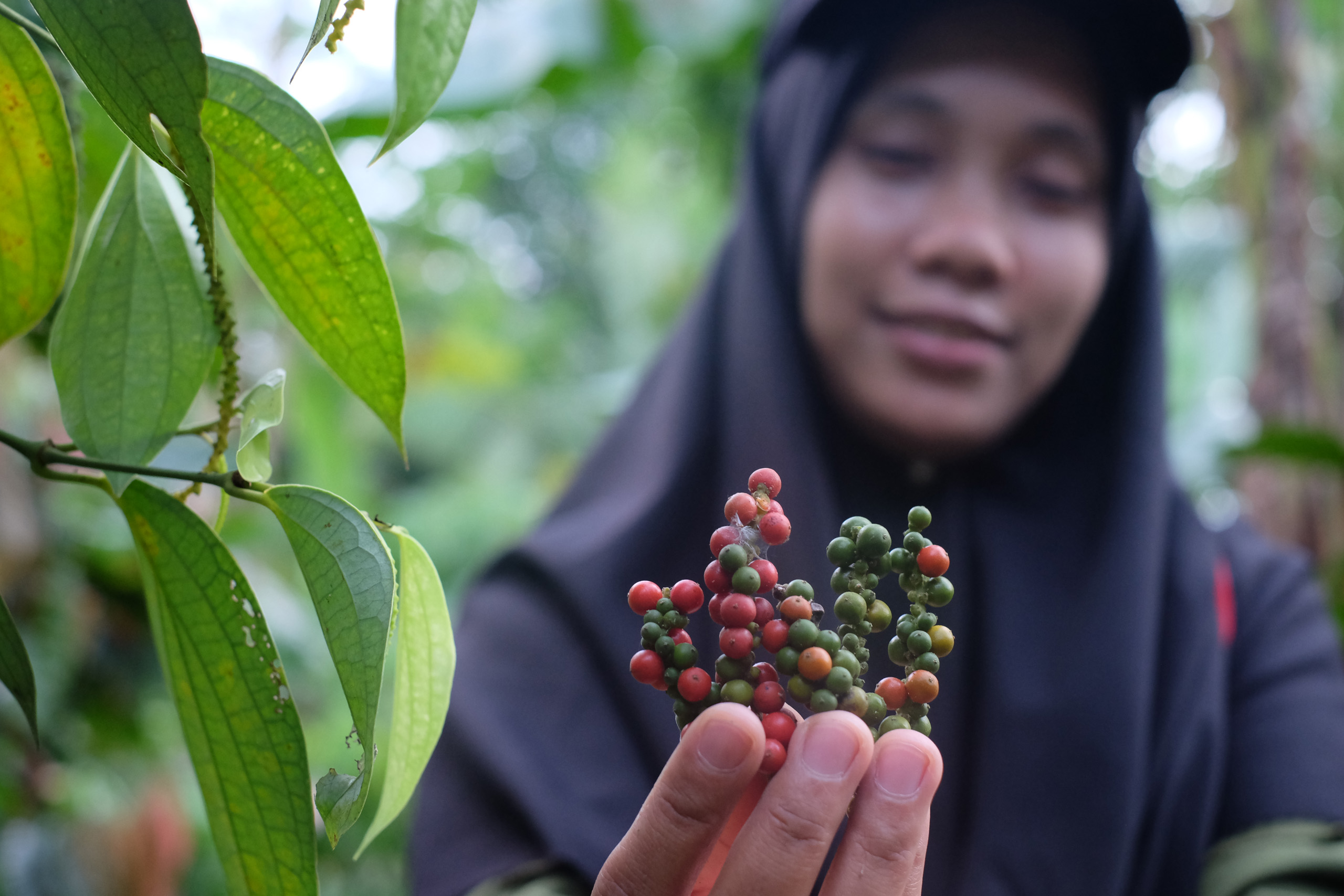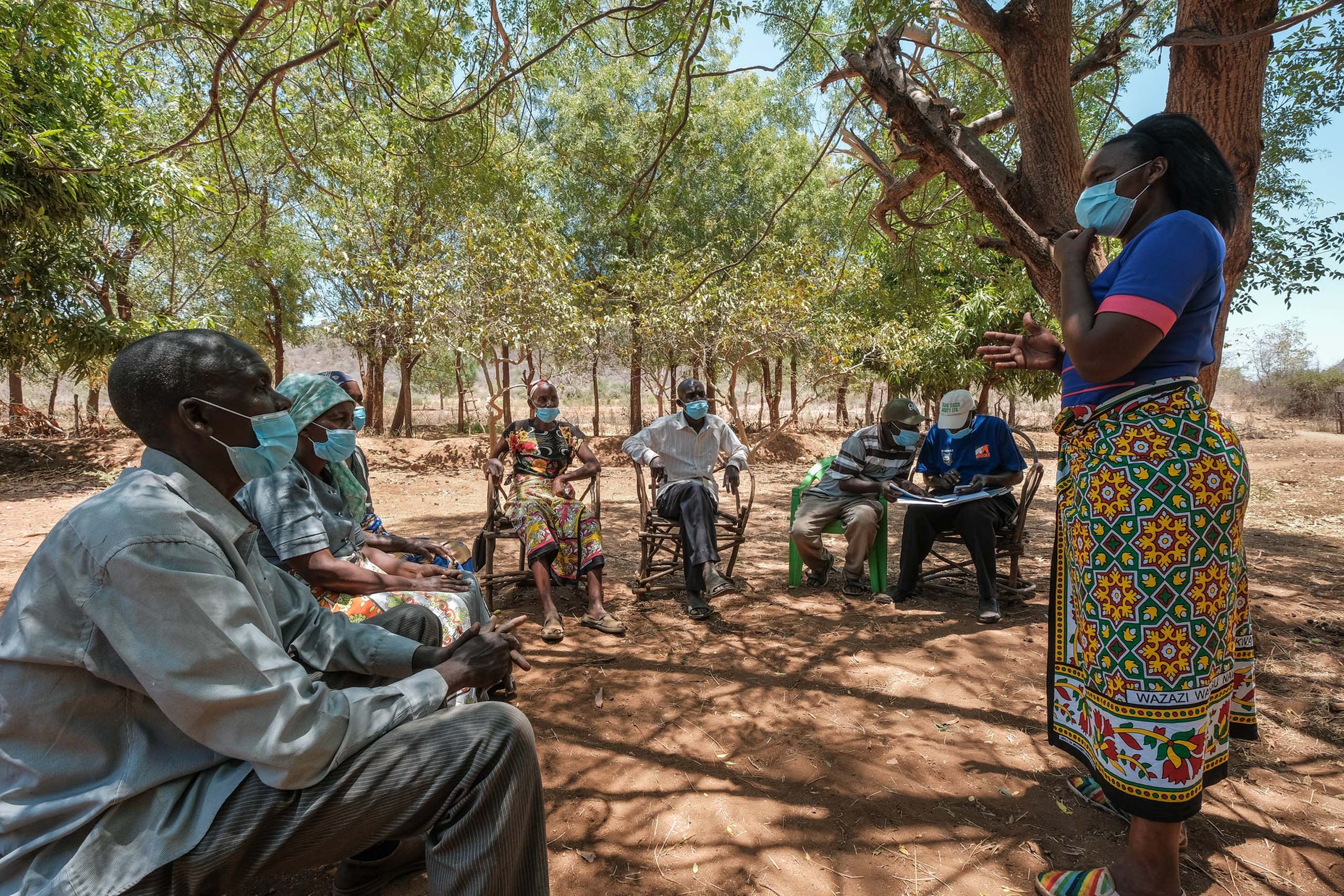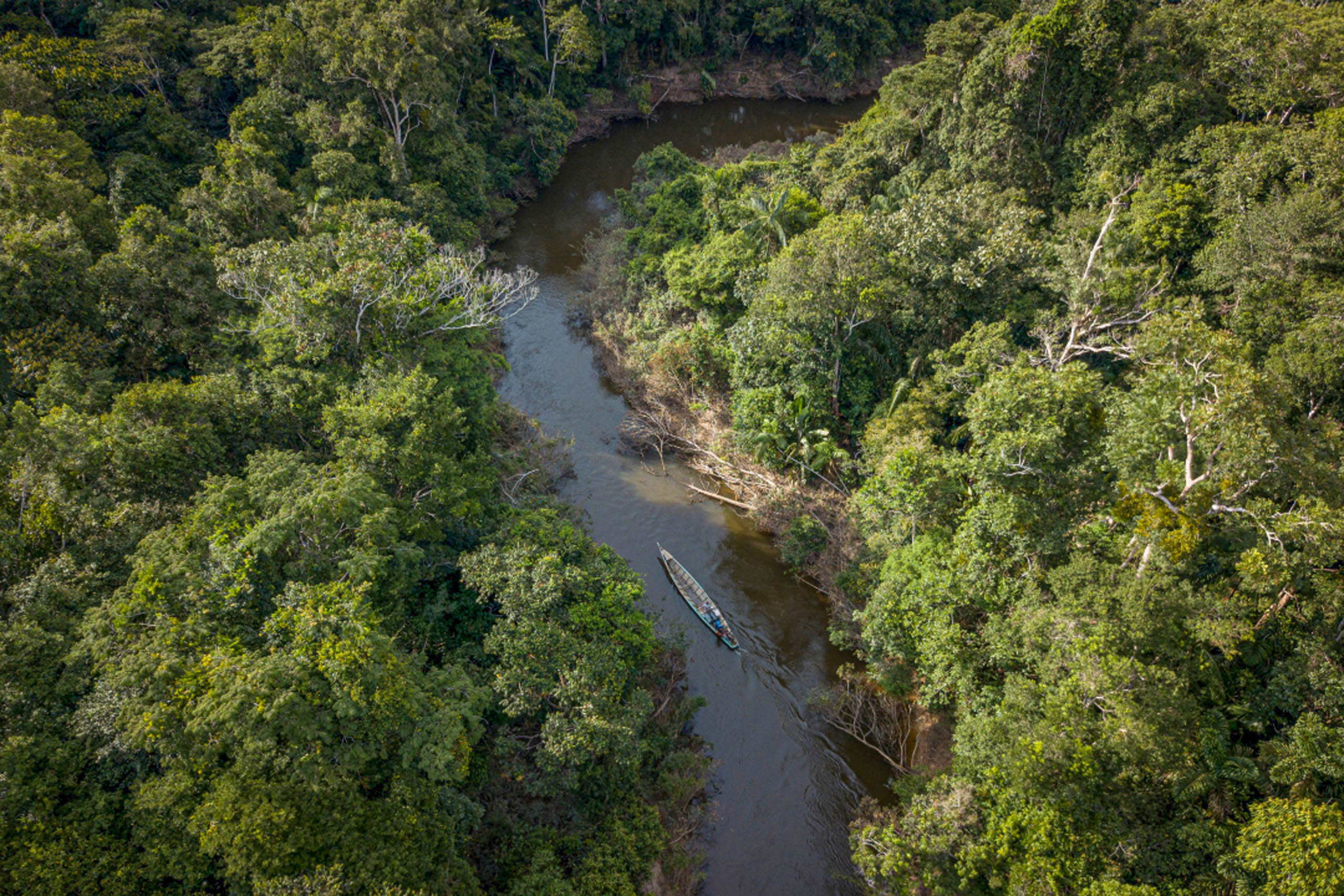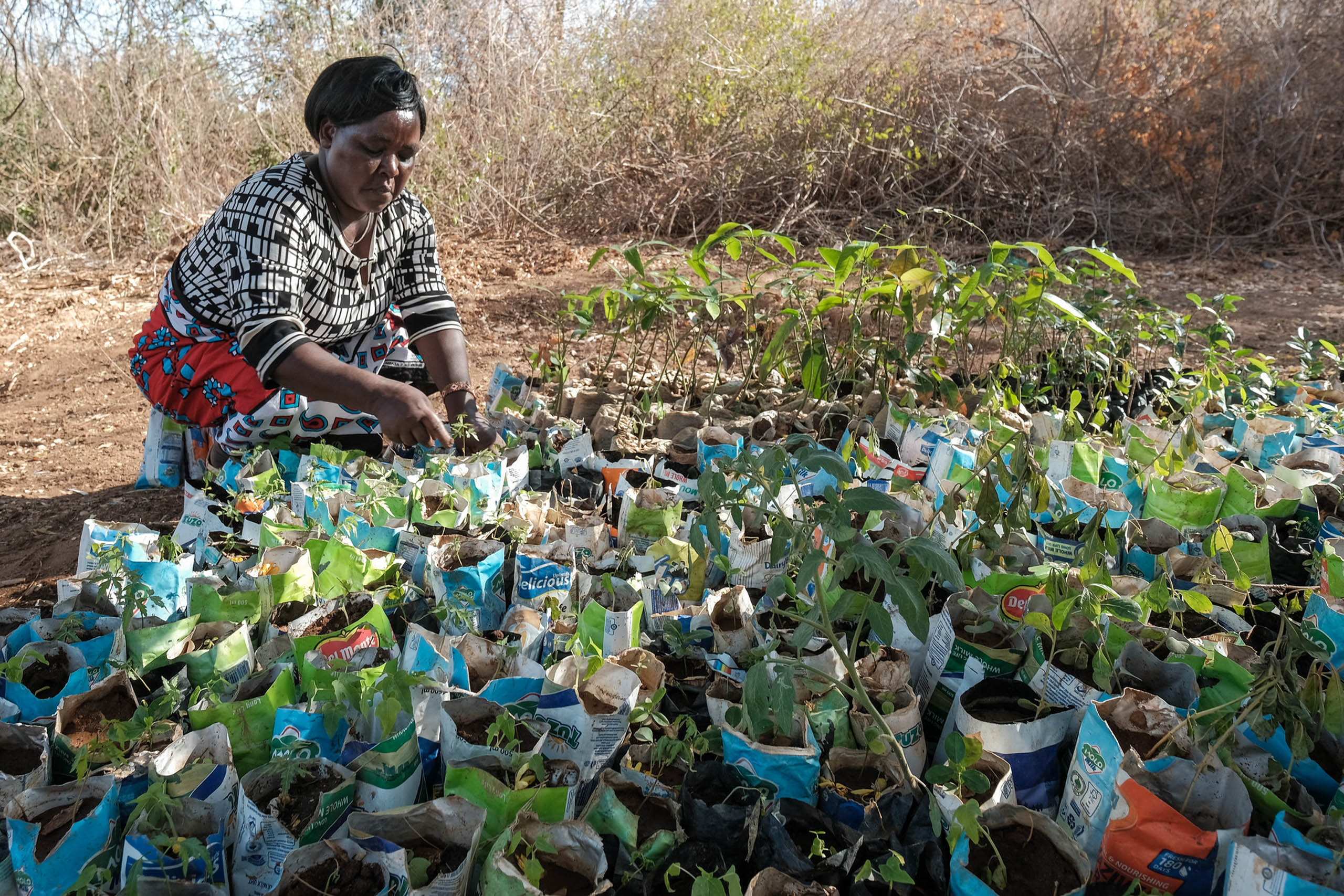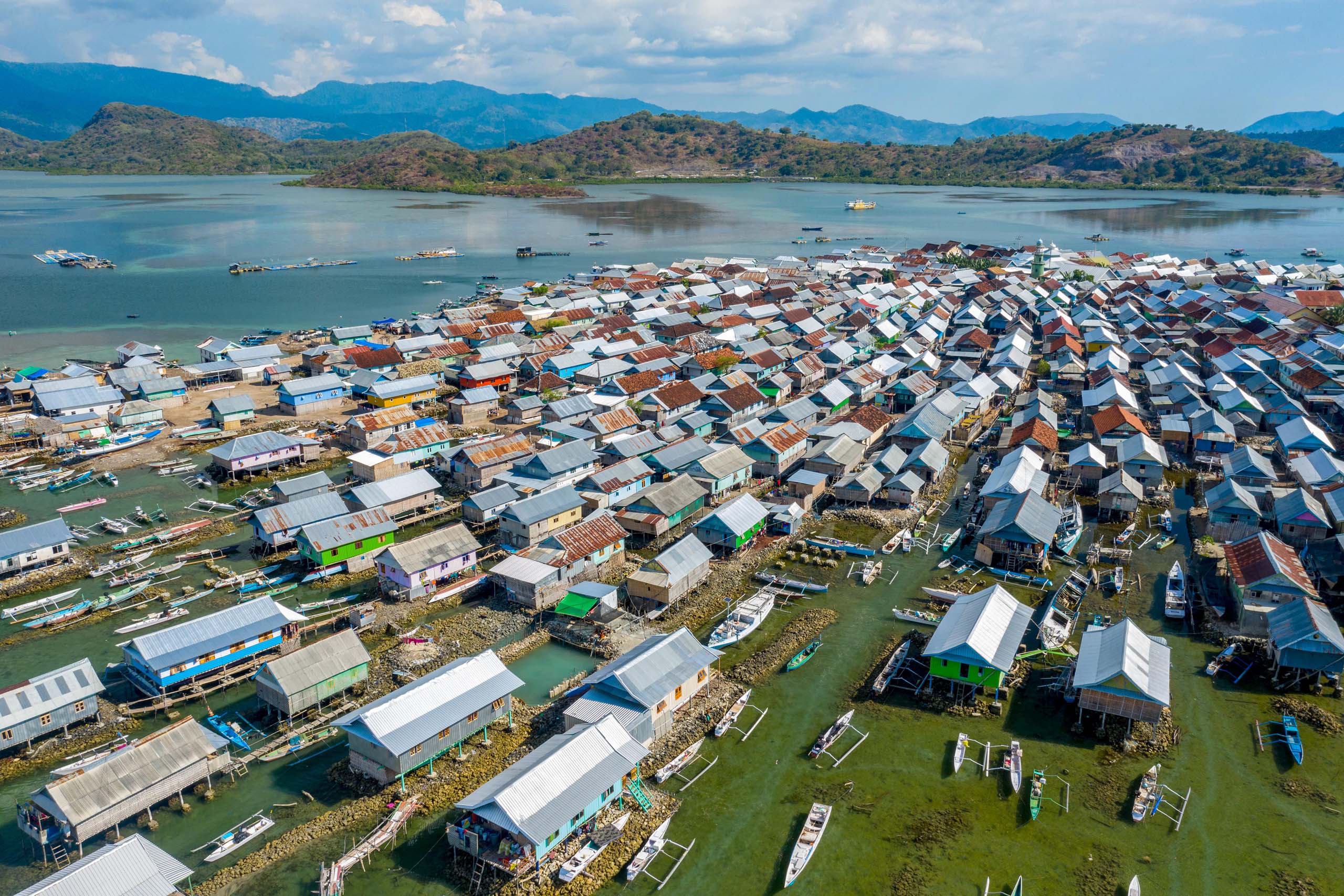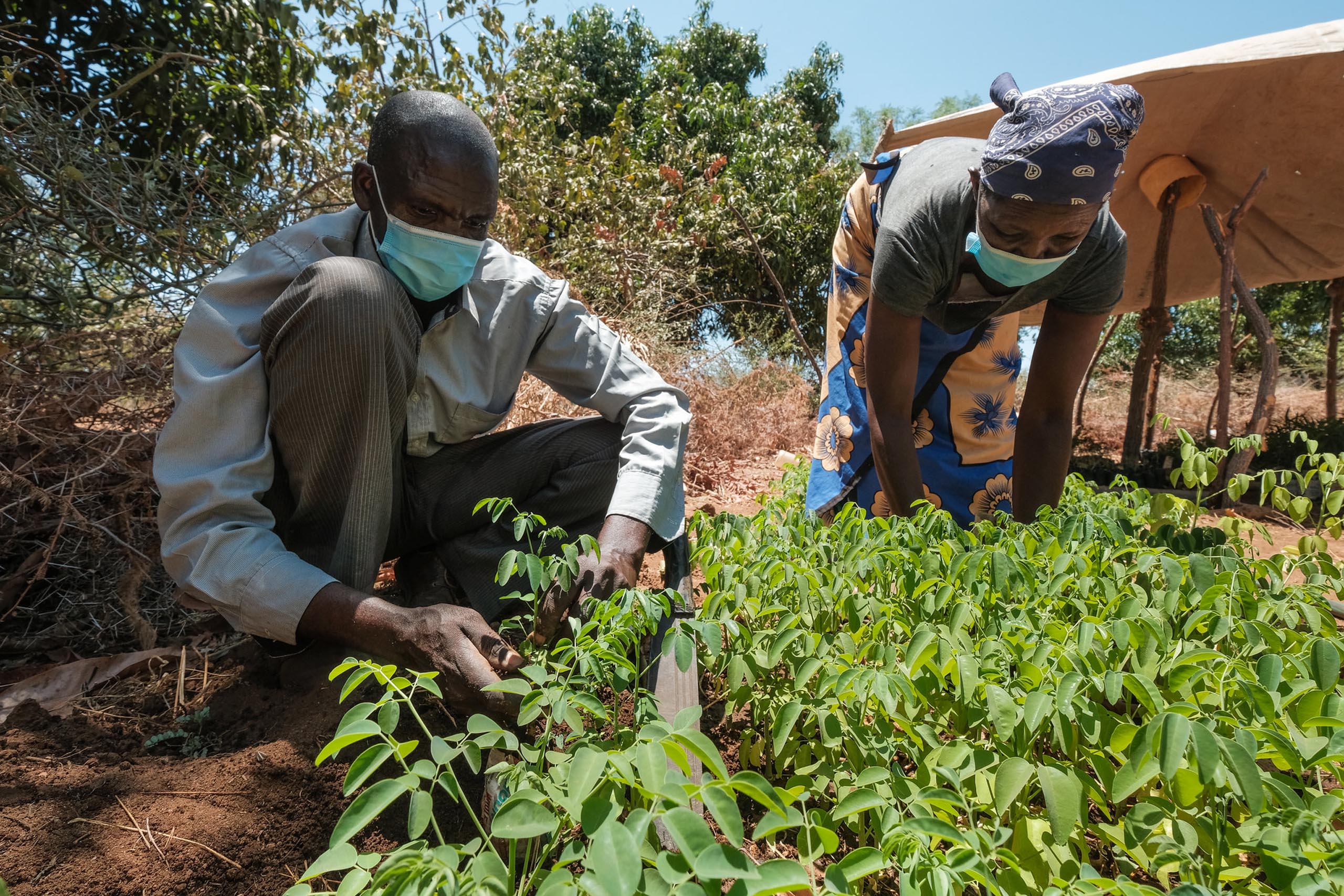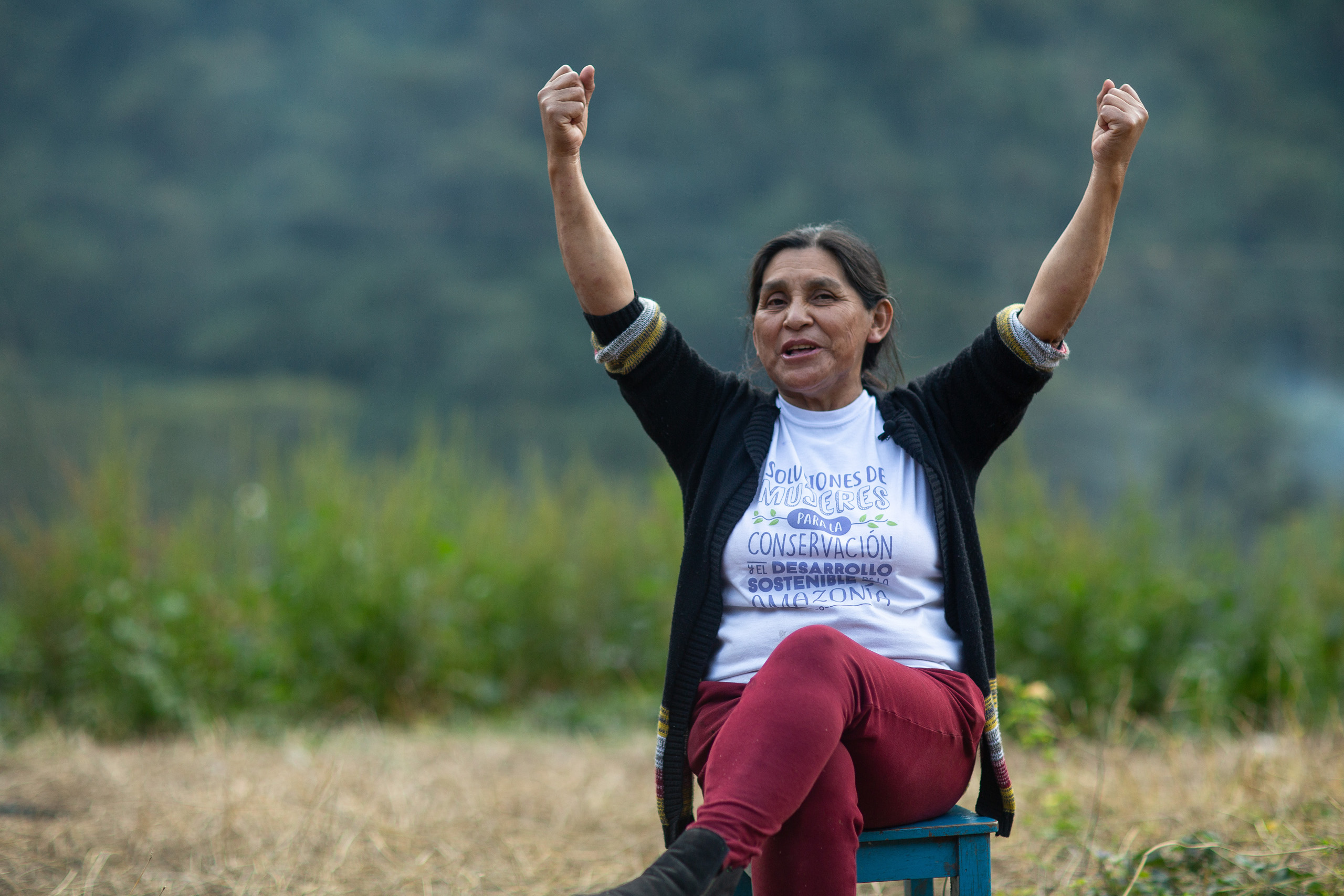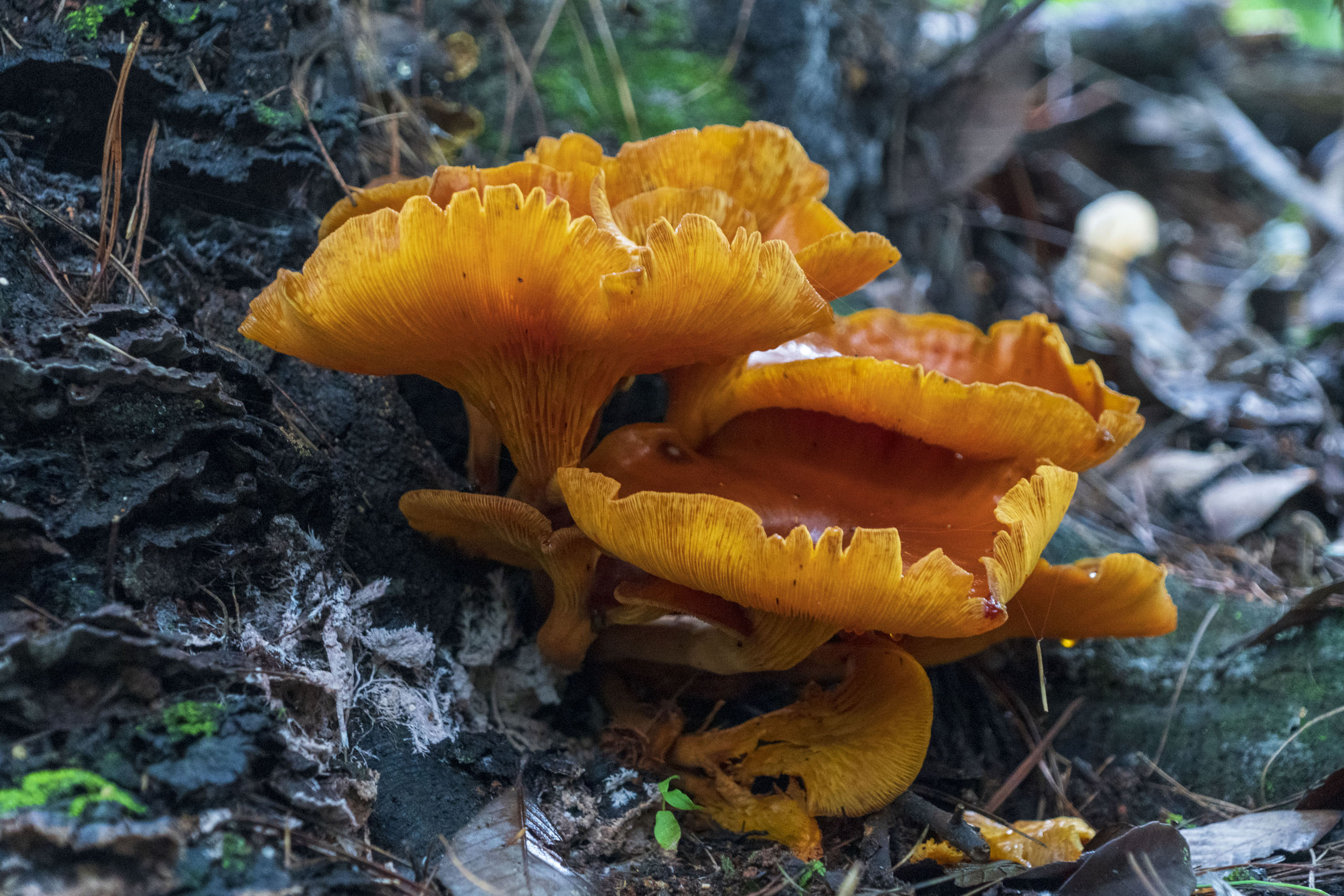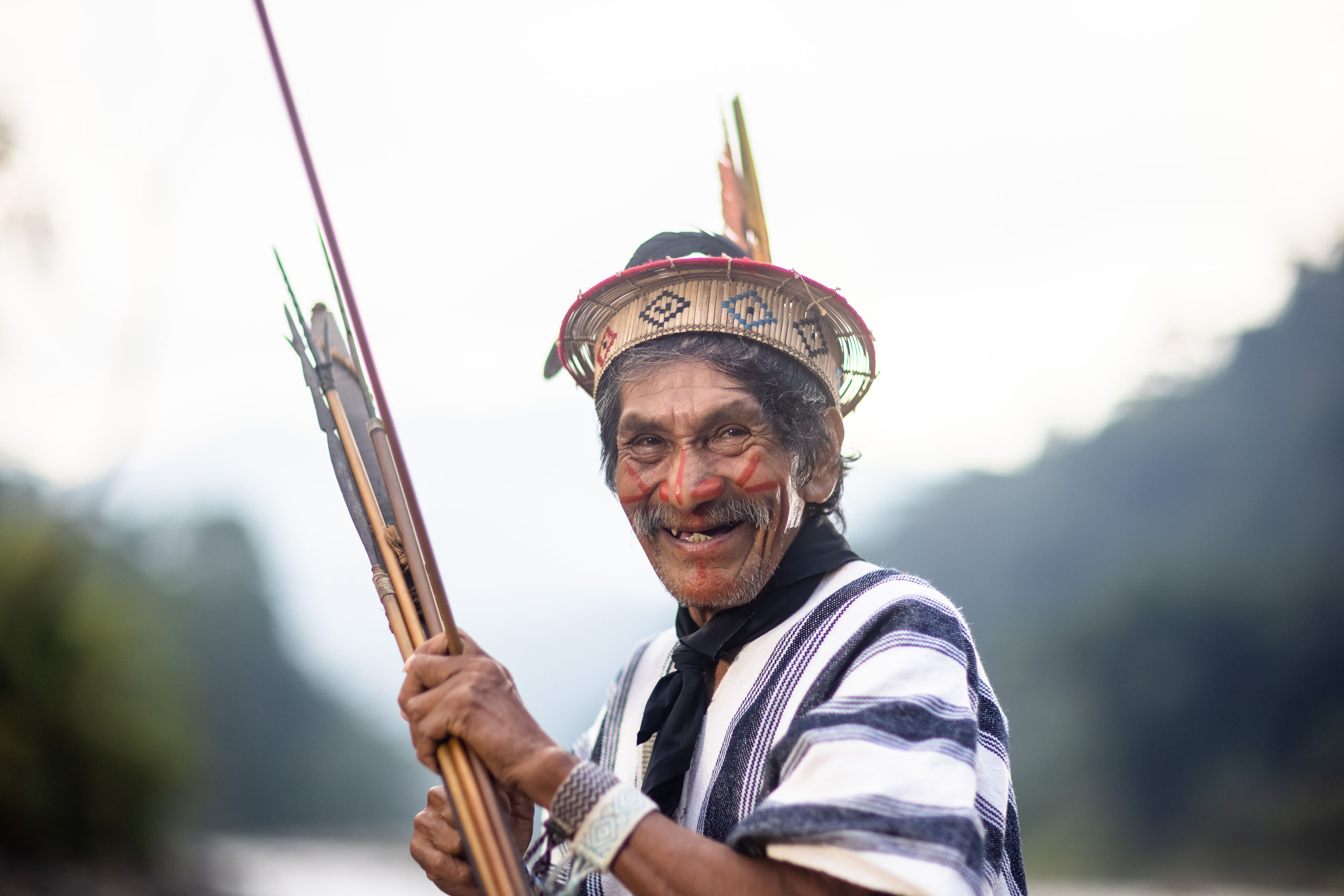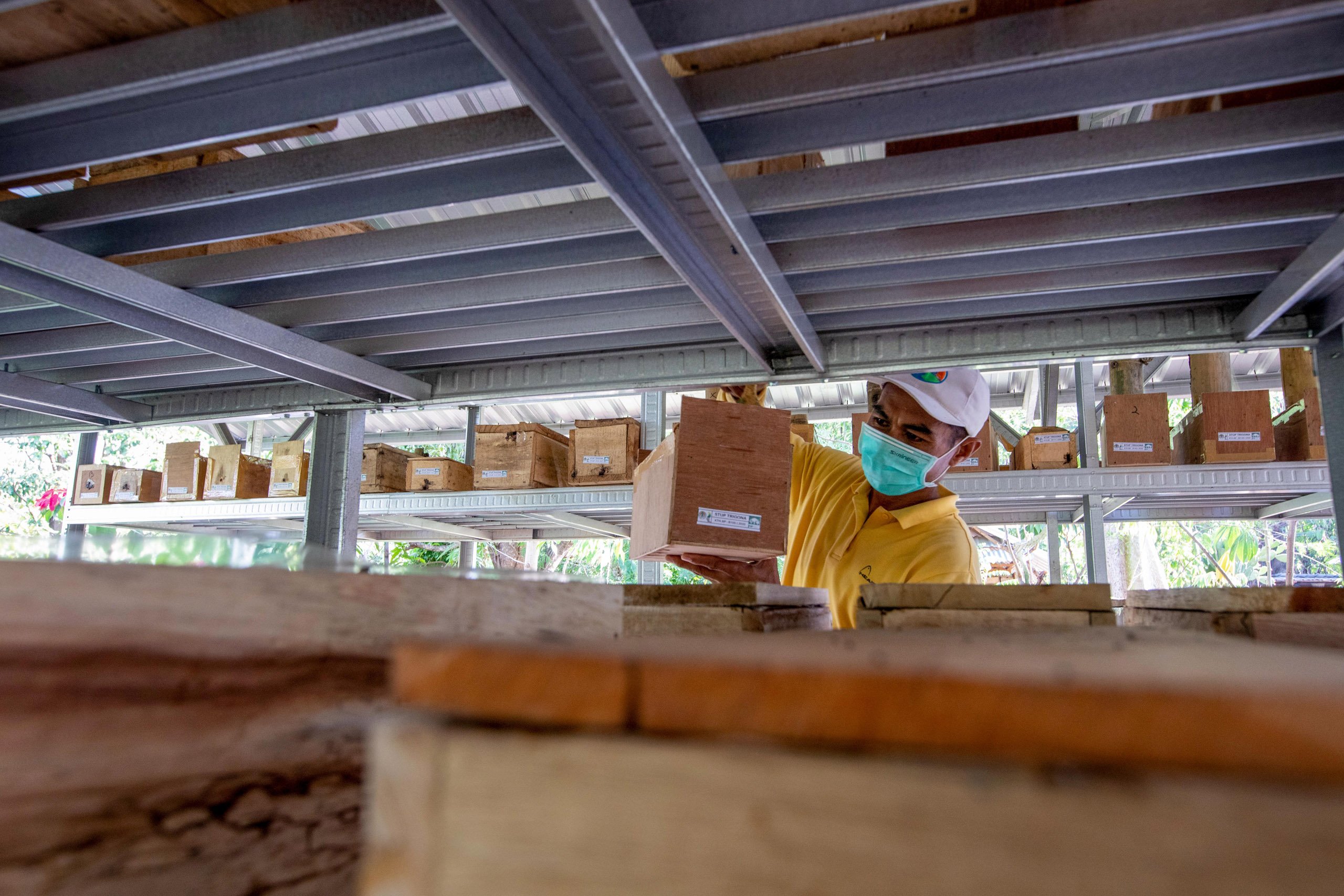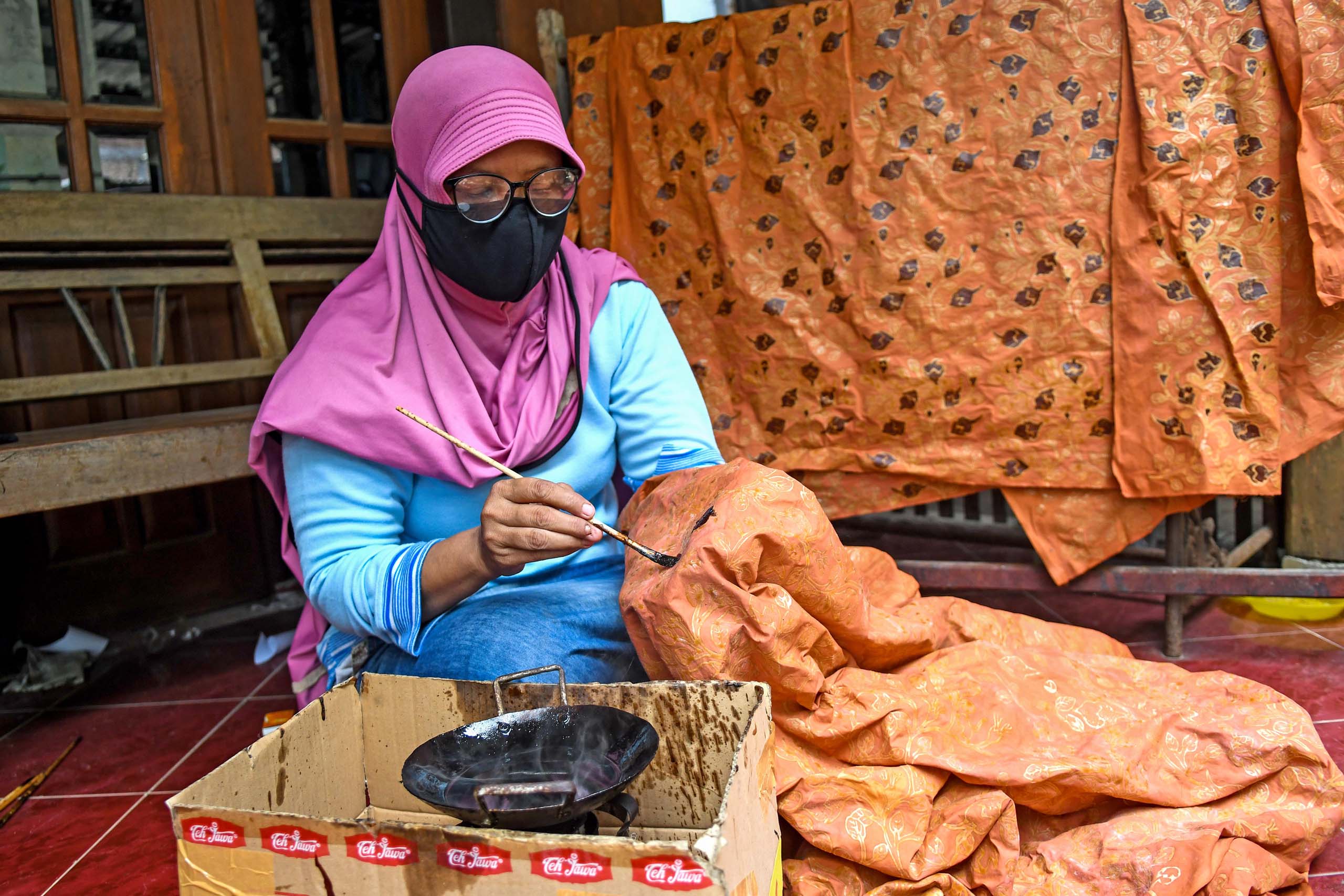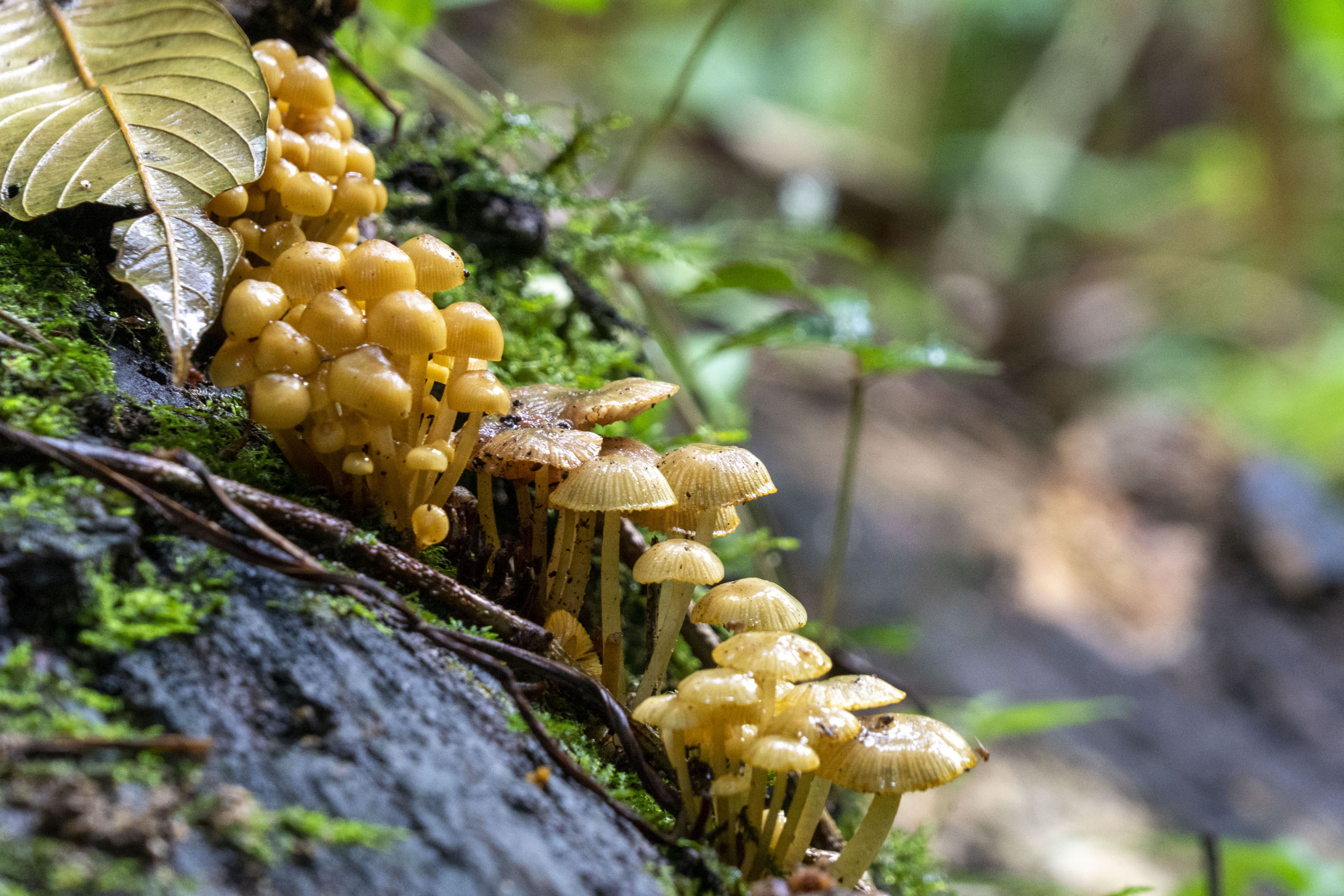Publications

The nutritional quality of cereals varies geospatially in Ethiopia and Malawi
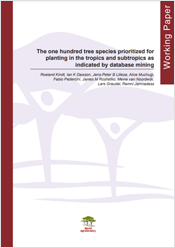
The one hundred tree species prioritized for planting in the tropics and subtropics as indicated by database mining
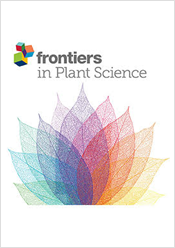
Genomic Resources to Guide Improvement of the Shea Tree
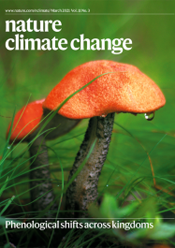
Global maps of twenty-first century forest carbon fluxes
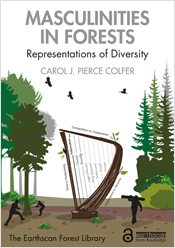
Masculinities in Forests: Representations of Diversity

Linking food, nutrition and the environment in Indonesia: A perspective on sustainable food systems
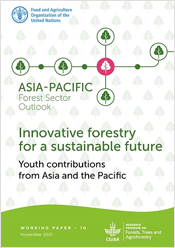
Asia-Pacific Forest Sector Outlook: Innovative forestry for a sustainable future – youth contributions from Asia and the Pacific
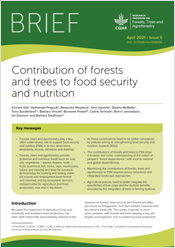
Contribution of forests and trees to food security and nutrition
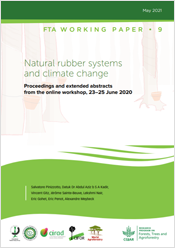
Natural rubber systems and climate change: Proceedings and extended abstracts from the online workshop, 23-25 June 2020
News
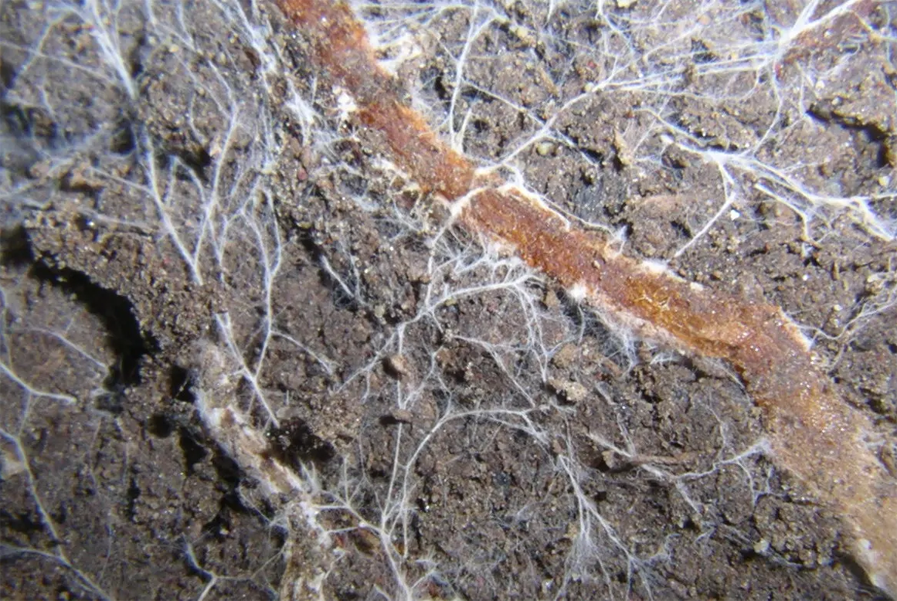
Can soil inoculation accelerate carbon sequestration in forests?
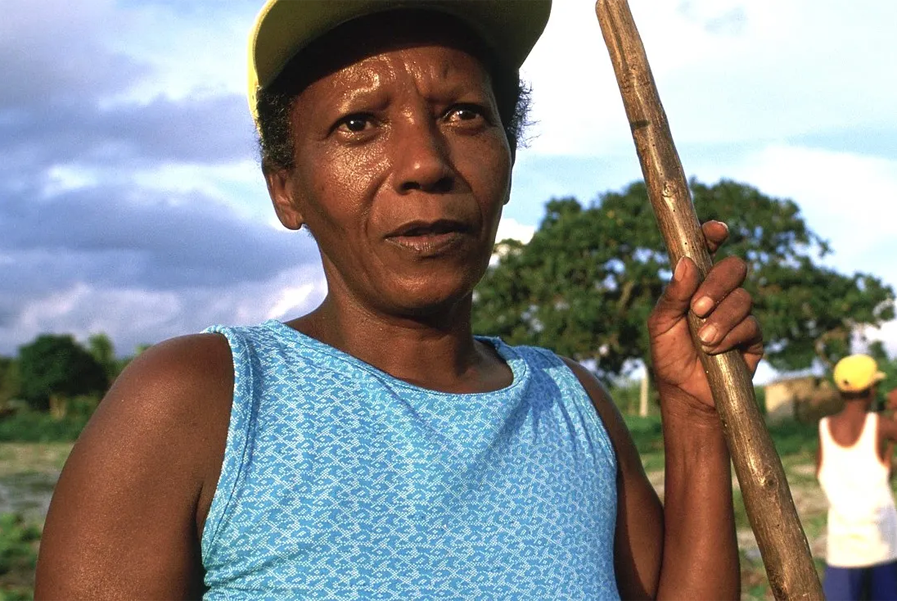
Indigenous communities receive less than 1% of climate mitigation aid, report finds
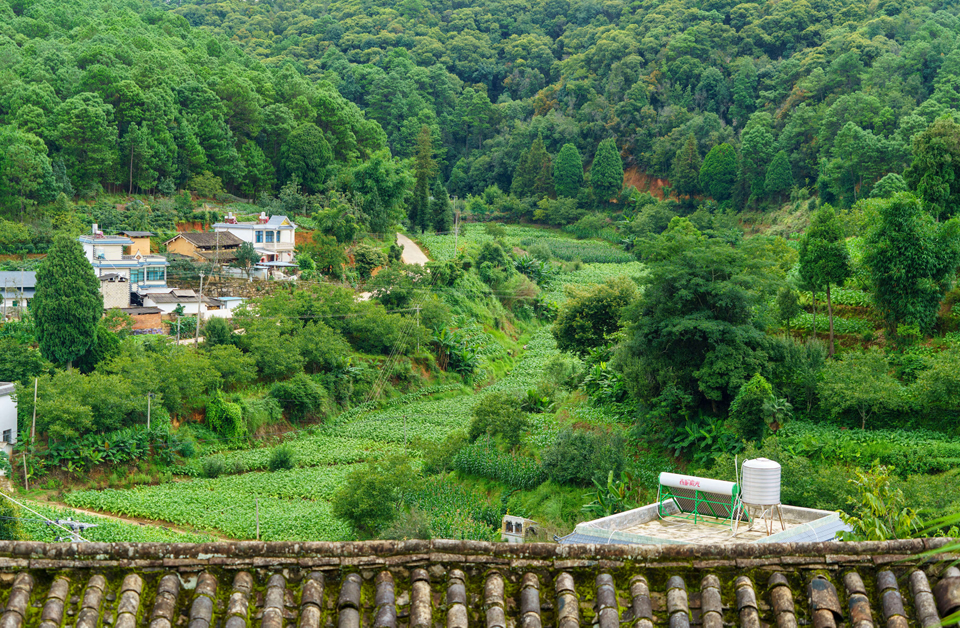
Transformative solutions to protect the planet’s biodiversity
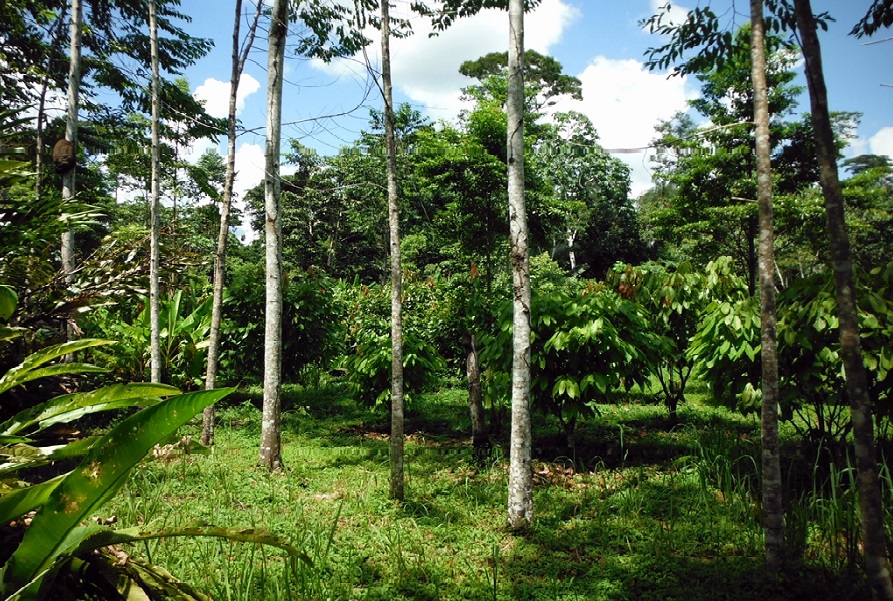
Peru’s forestry authorities set to improve agroforestry concessions
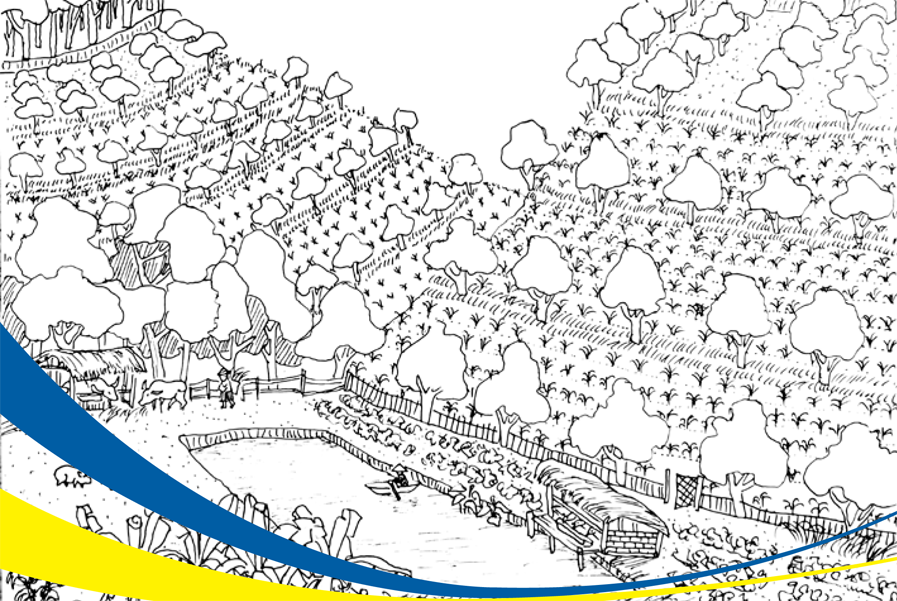
MANUAL: Practitioner’s field guide – agroforestry for climate resilience
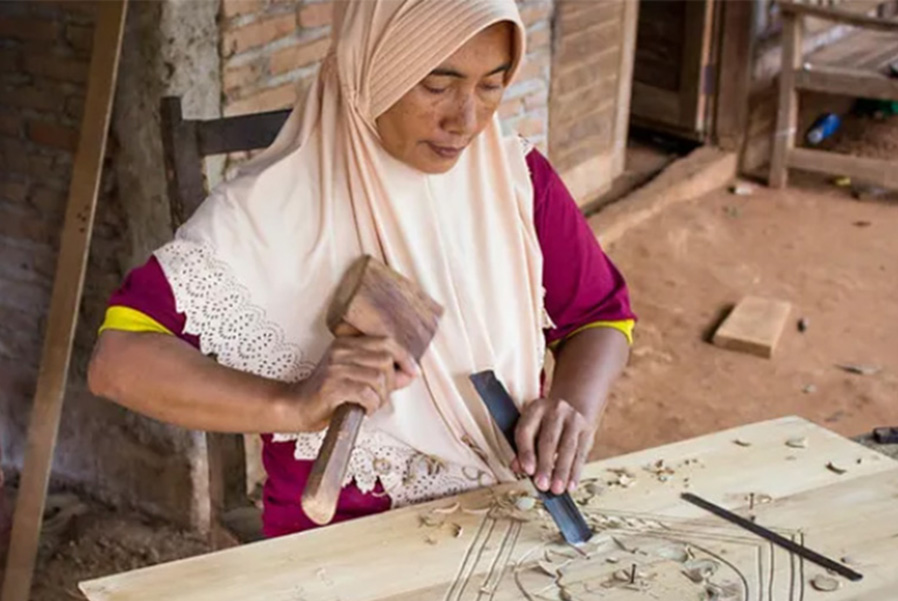
A tree-powered circular bioeconomy
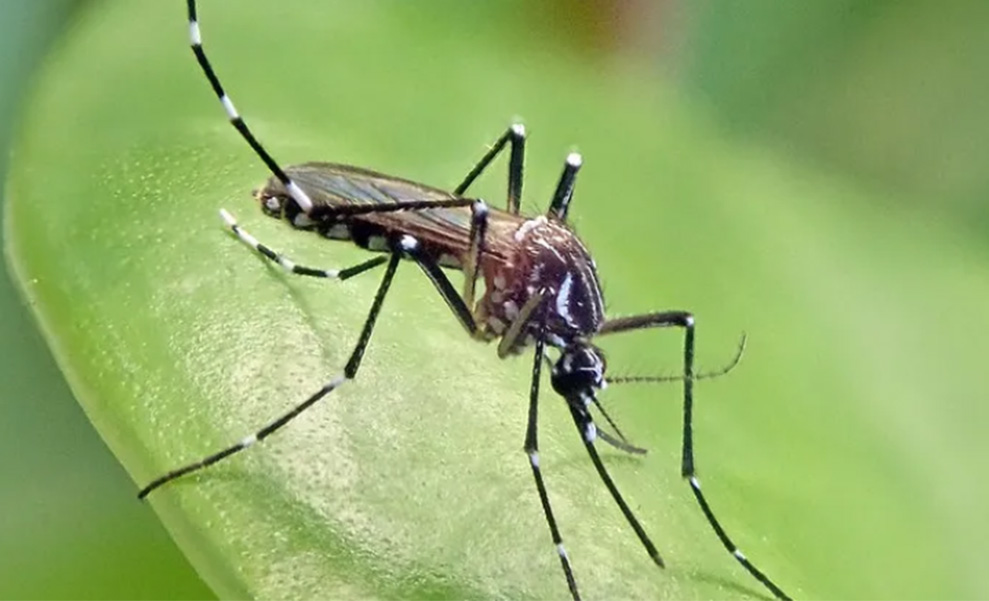
How deforestation poses dengue pandemic risk for Africa and Asia

Pact prioritizes forests and biodiversity conservation in Papua New Guinea
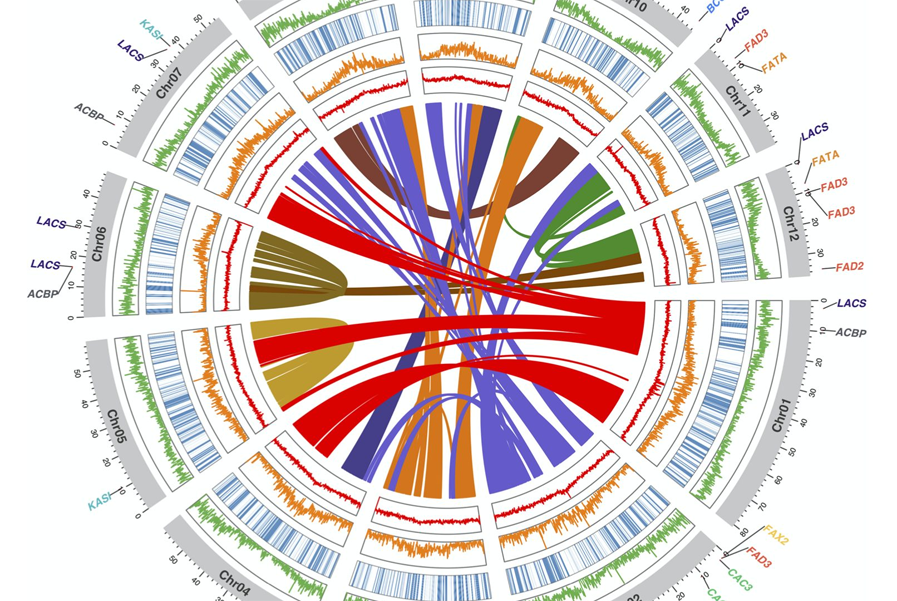
Reference genome of the shea tree (Vitellaria paradoxa) – a tool for predictive breeding: interview with scientists
Features
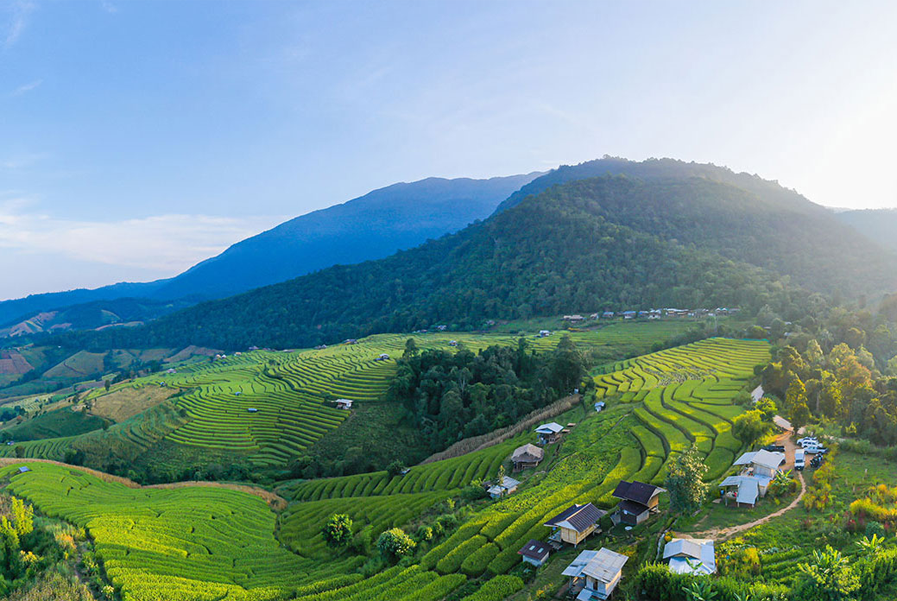
Climate. Nature. People.
Solutions for a climate-resilient future
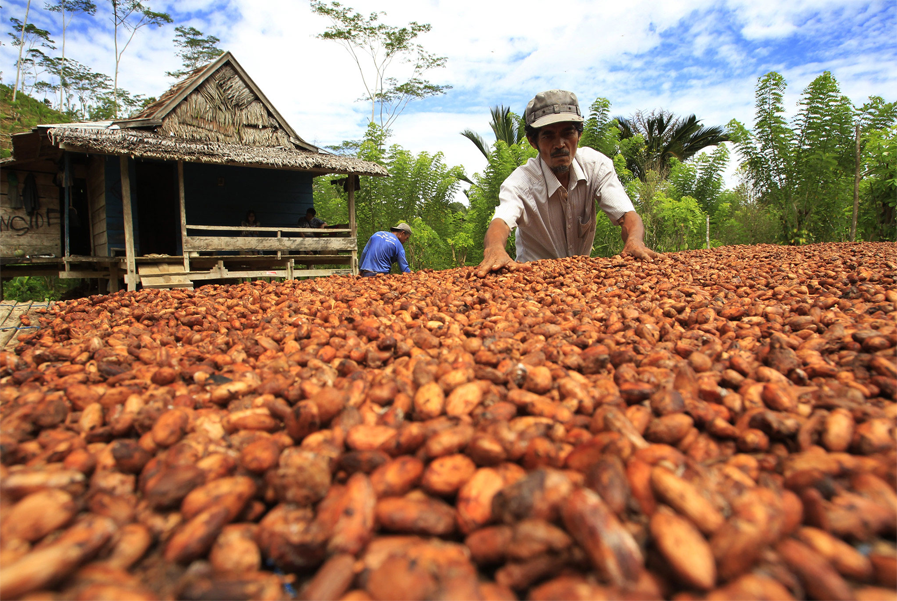
Food. Nature. People.
Building resilient, sustainable food system for people and the planet
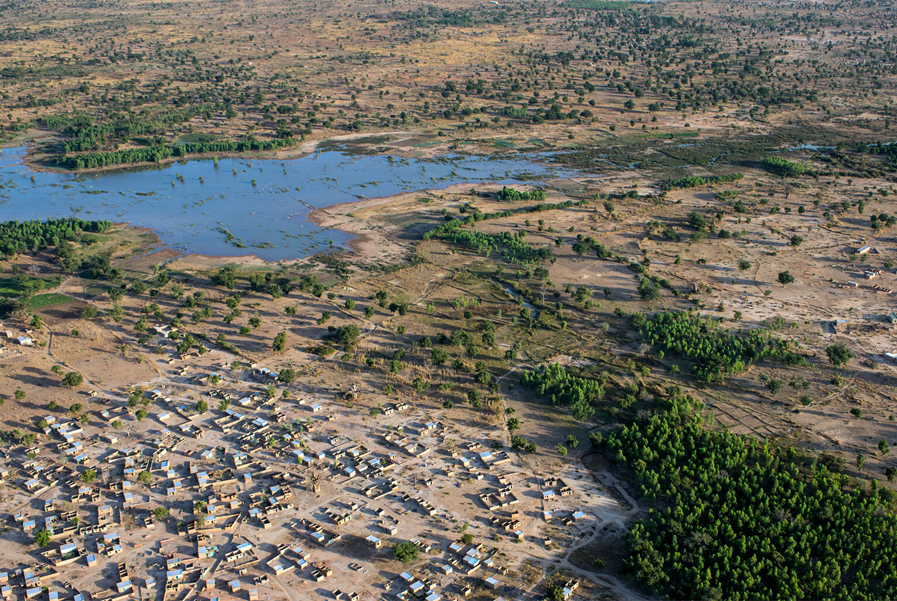
Restoration for resilience
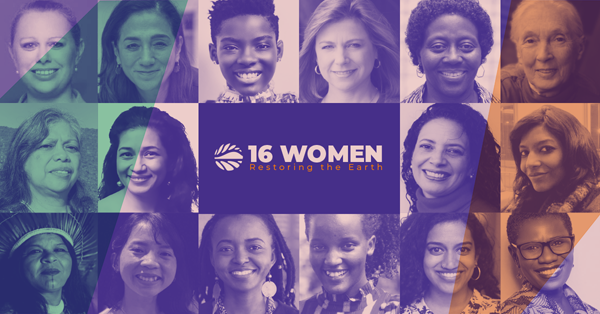
16 Women Restoring the Earth

FEATURE: Trees on paper or trees to sustain livelihoods?
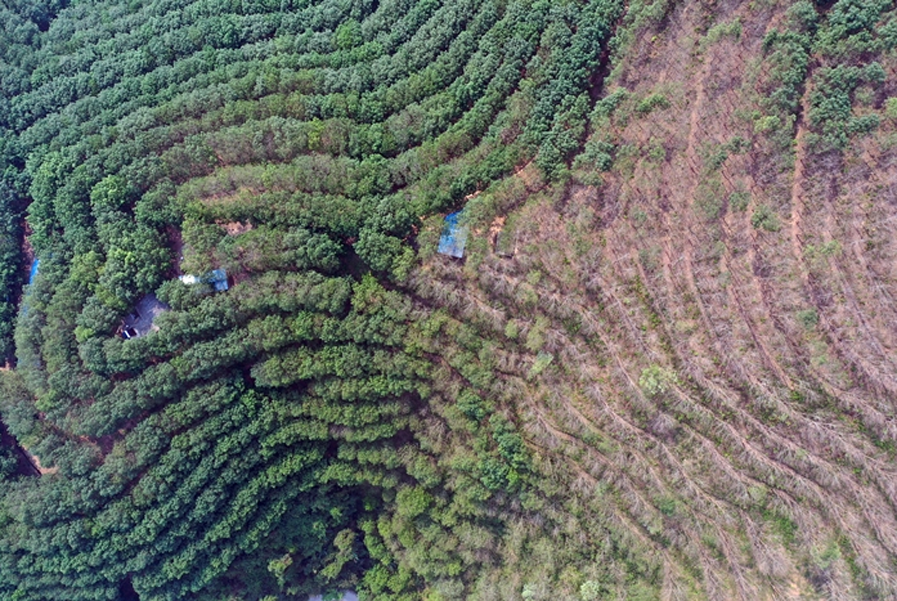
FEATURE: The rise and fall of rubber: effects on women and livelihoods
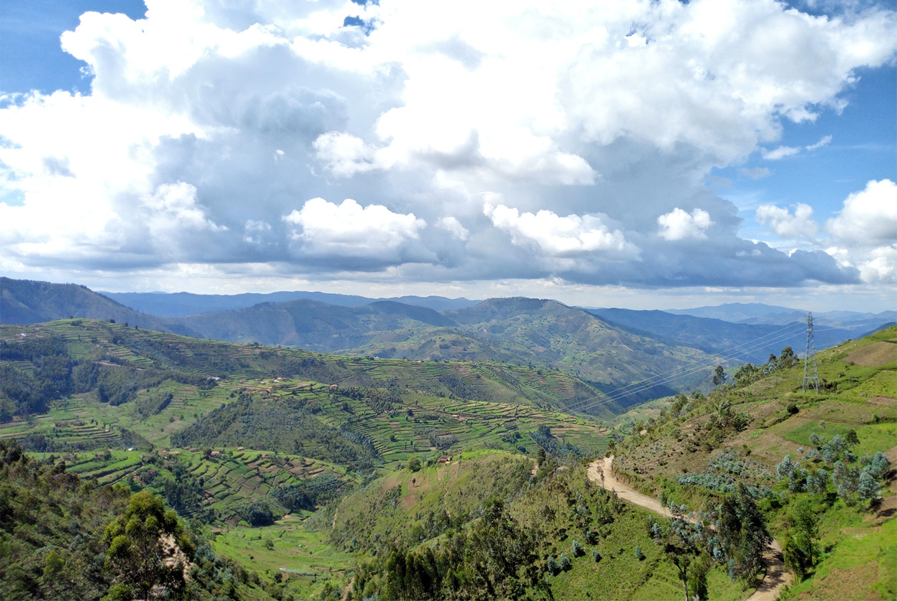
FEATURE INTERVIEW: Trees on farms come with hidden costs that can now be calculated

From tree to fork
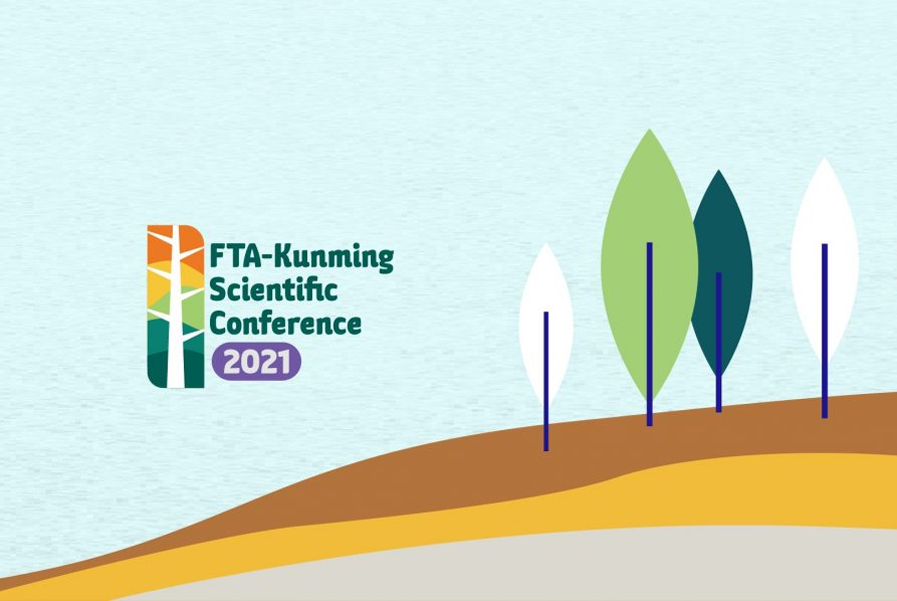
FTA Kunming Conference
Videos
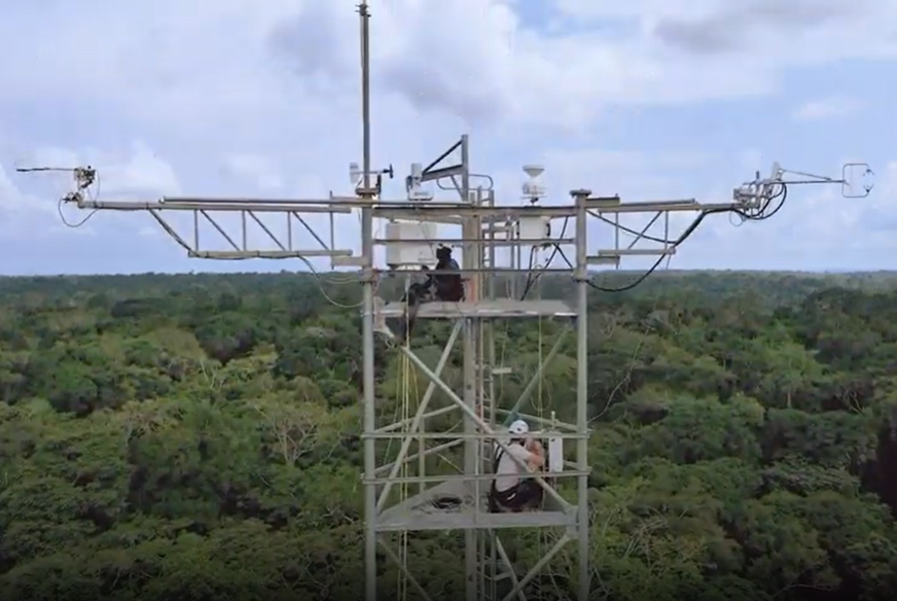
Congoflux : Une nouvelle installation à Yangambi pour étudier les forêts du bassin du Congo
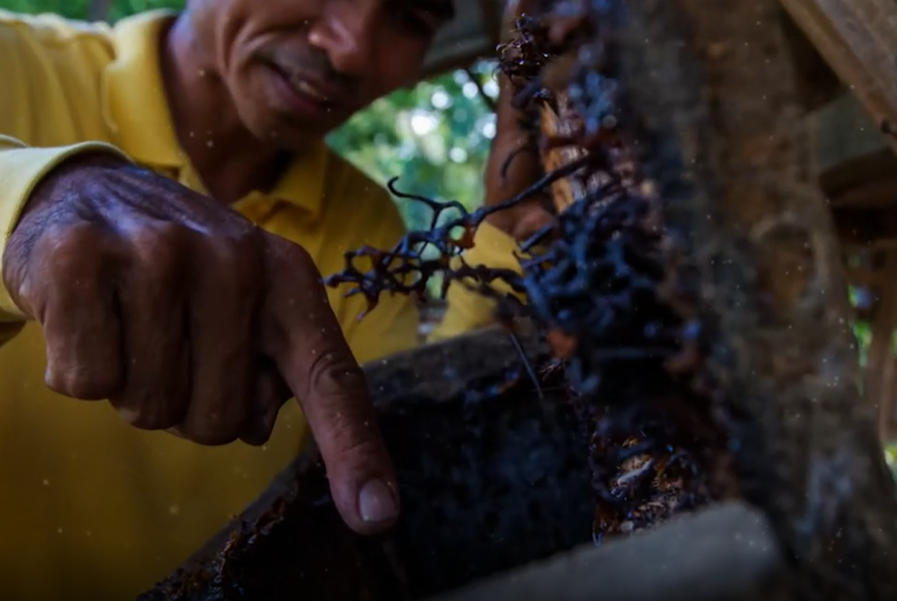
Bincang singkat dengan Zulkieflimansyah, Gubernur NTB: Sinergi potensi bentang alam Pulau Sumbawa
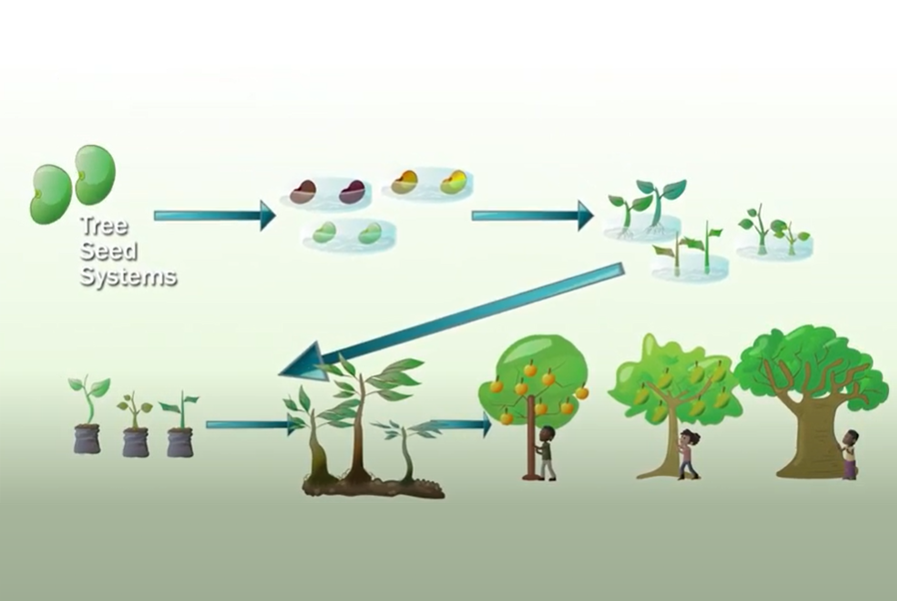
Introducing the Resources for Tree Planting Platform
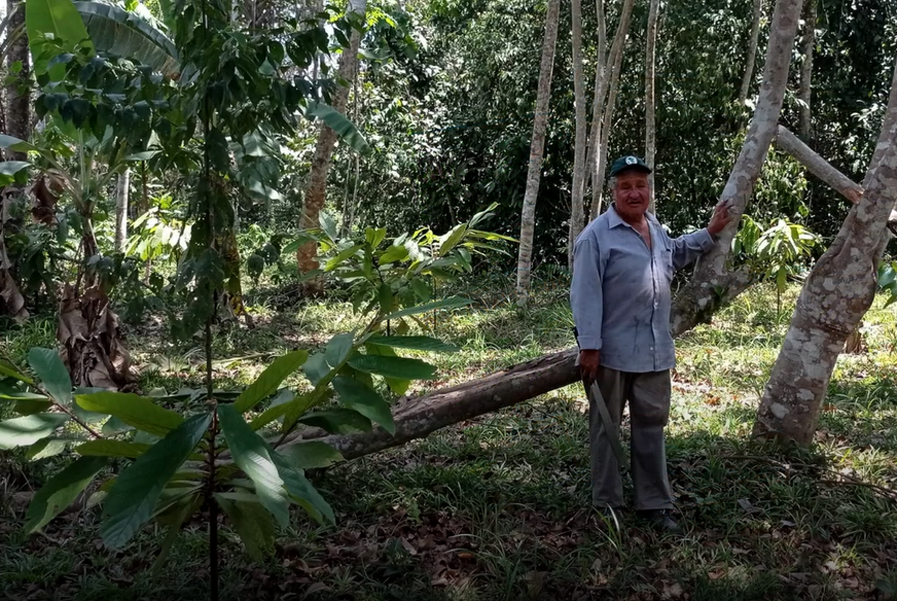
El reto de la pequeña agricultura libre de deforestación en la Amazonía peruana

Could Amazon deforestation trigger a climate tipping point?

Seven pathways to live in harmony with nature
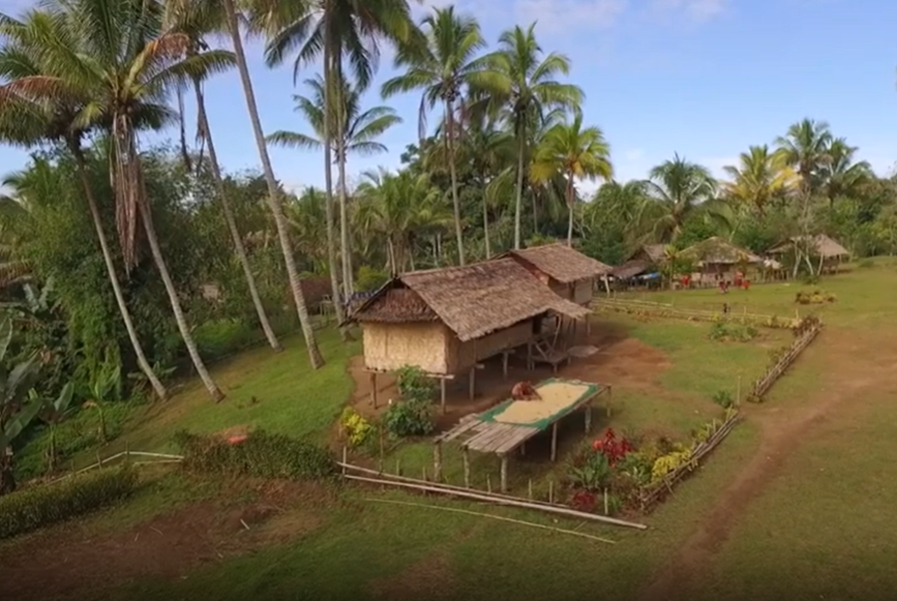
Sustaining Forests for Climate, Nature, and People – Papua New Guinea
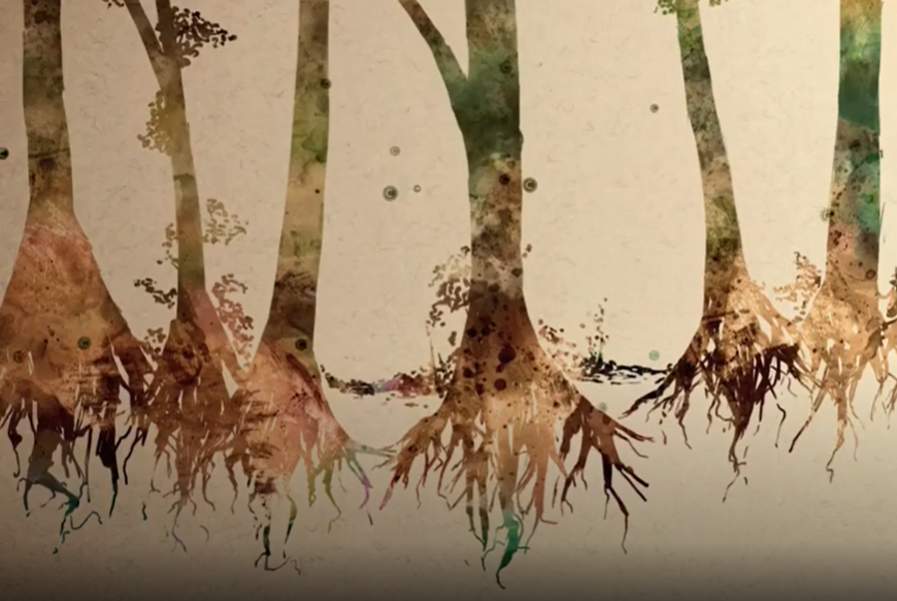
4 questions: restoration & soil
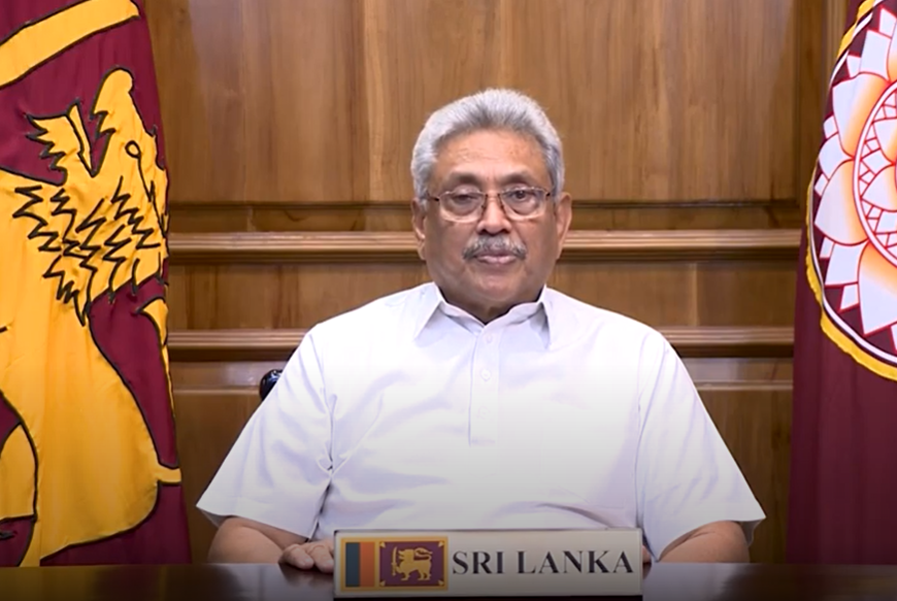
Interview with the President of Sri Lanka, HE Gotabaya Rajapakse, on the agroecological transition
Photos
Podcasts
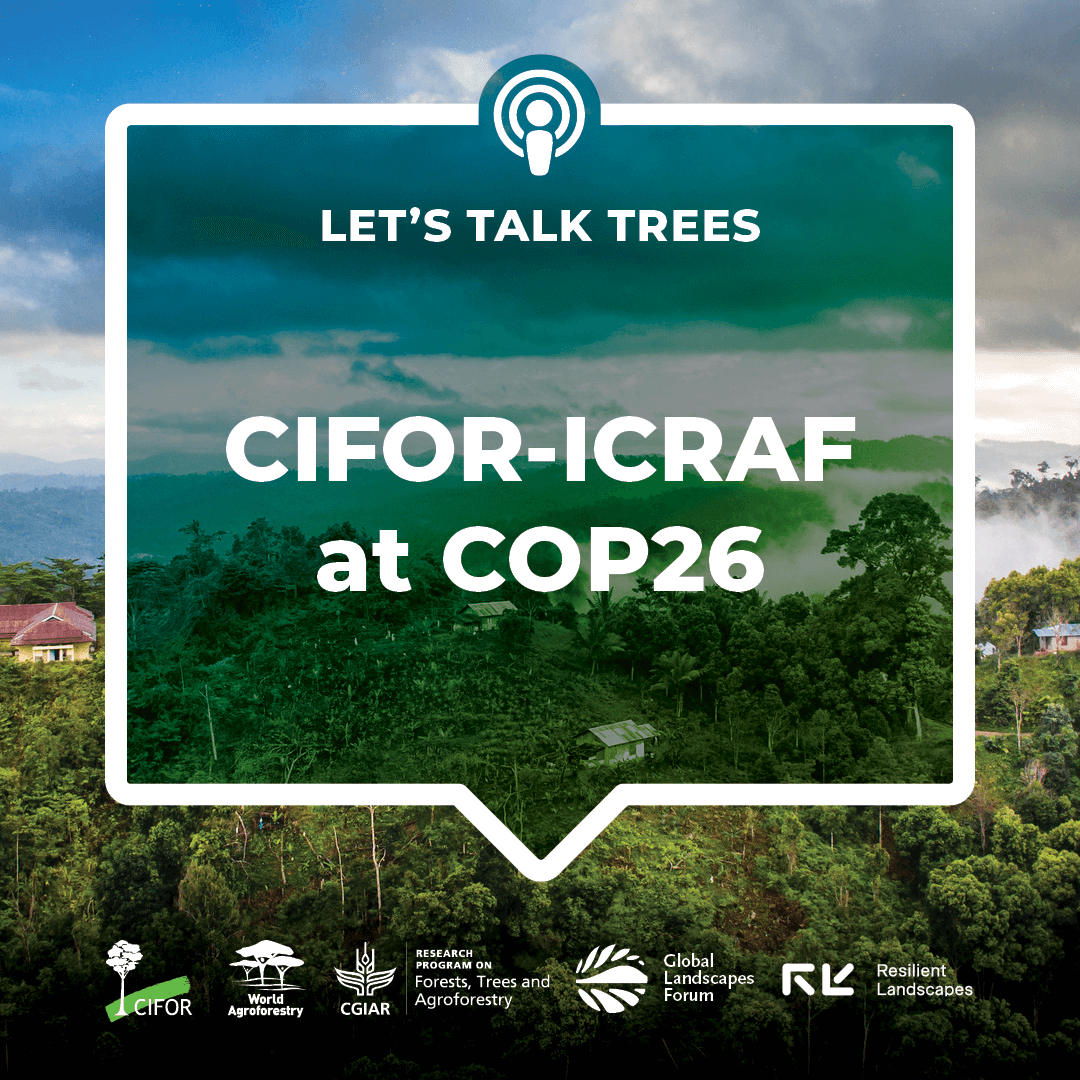
CIFOR-ICRAF at COP26
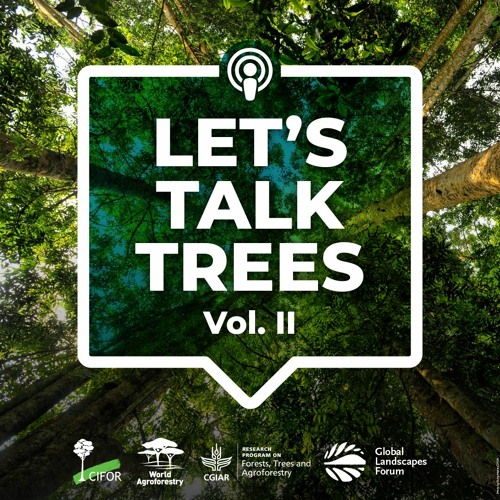
Let’s Talk Trees Vol. II
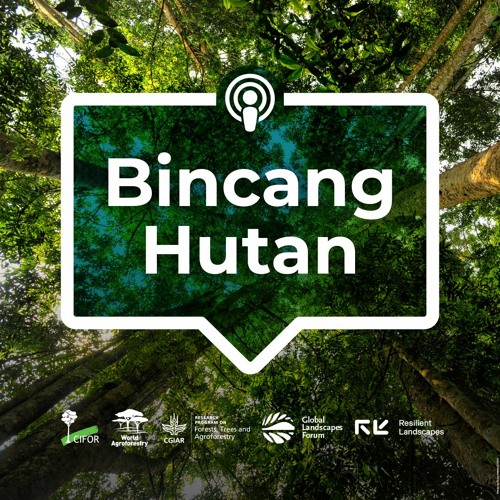
Bincang Hutan
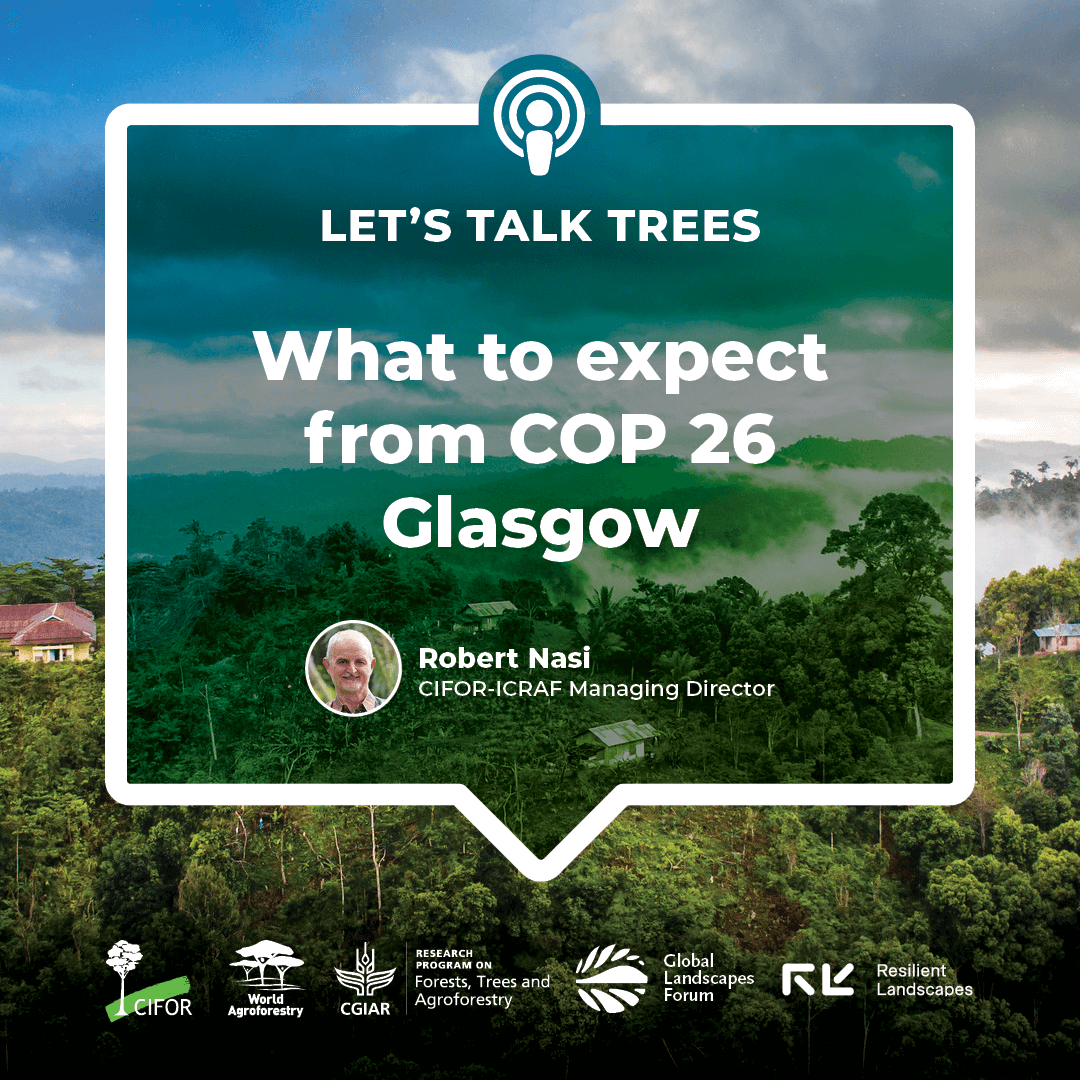
What to expect from COP 26 Glasgow
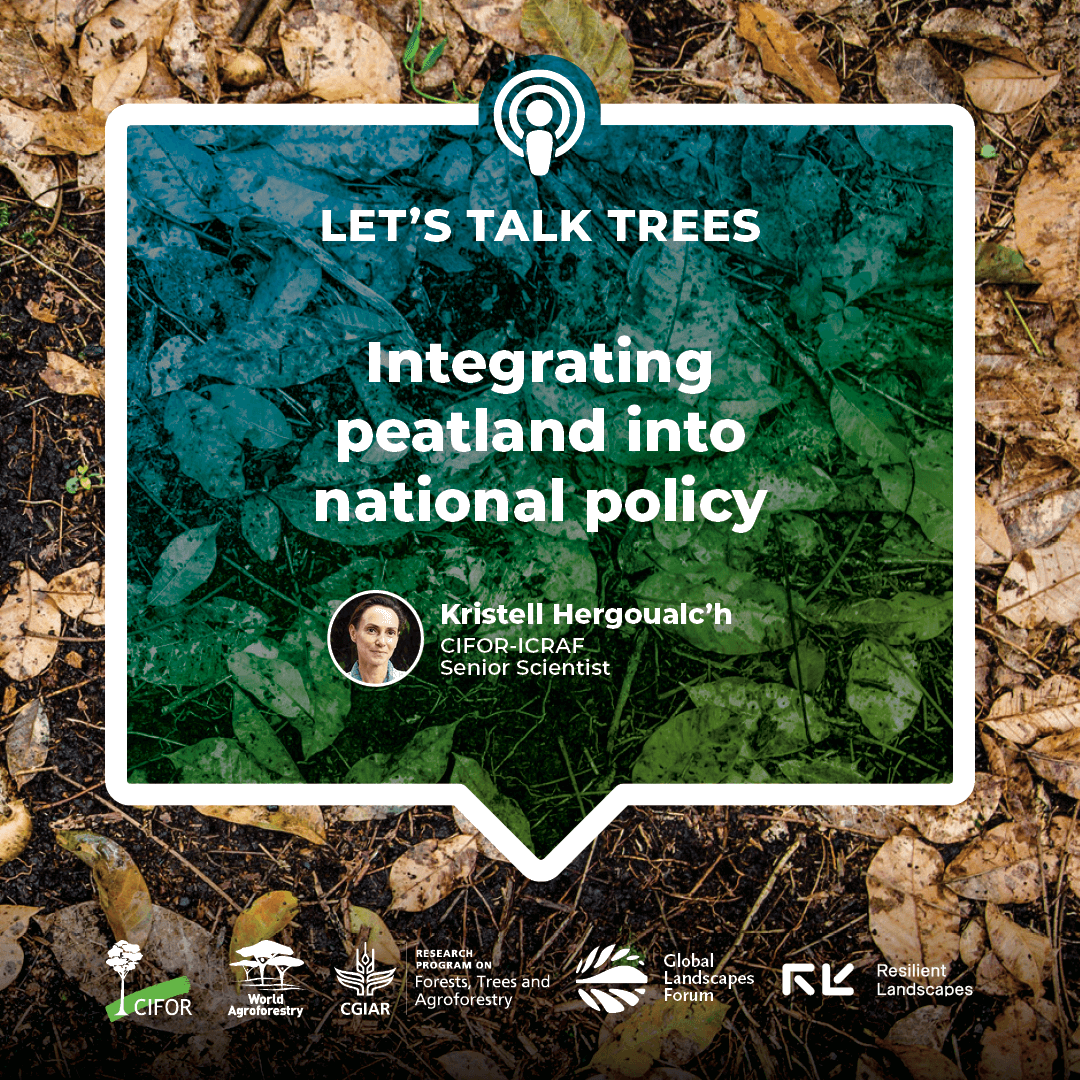
Integrating peatland into national policy
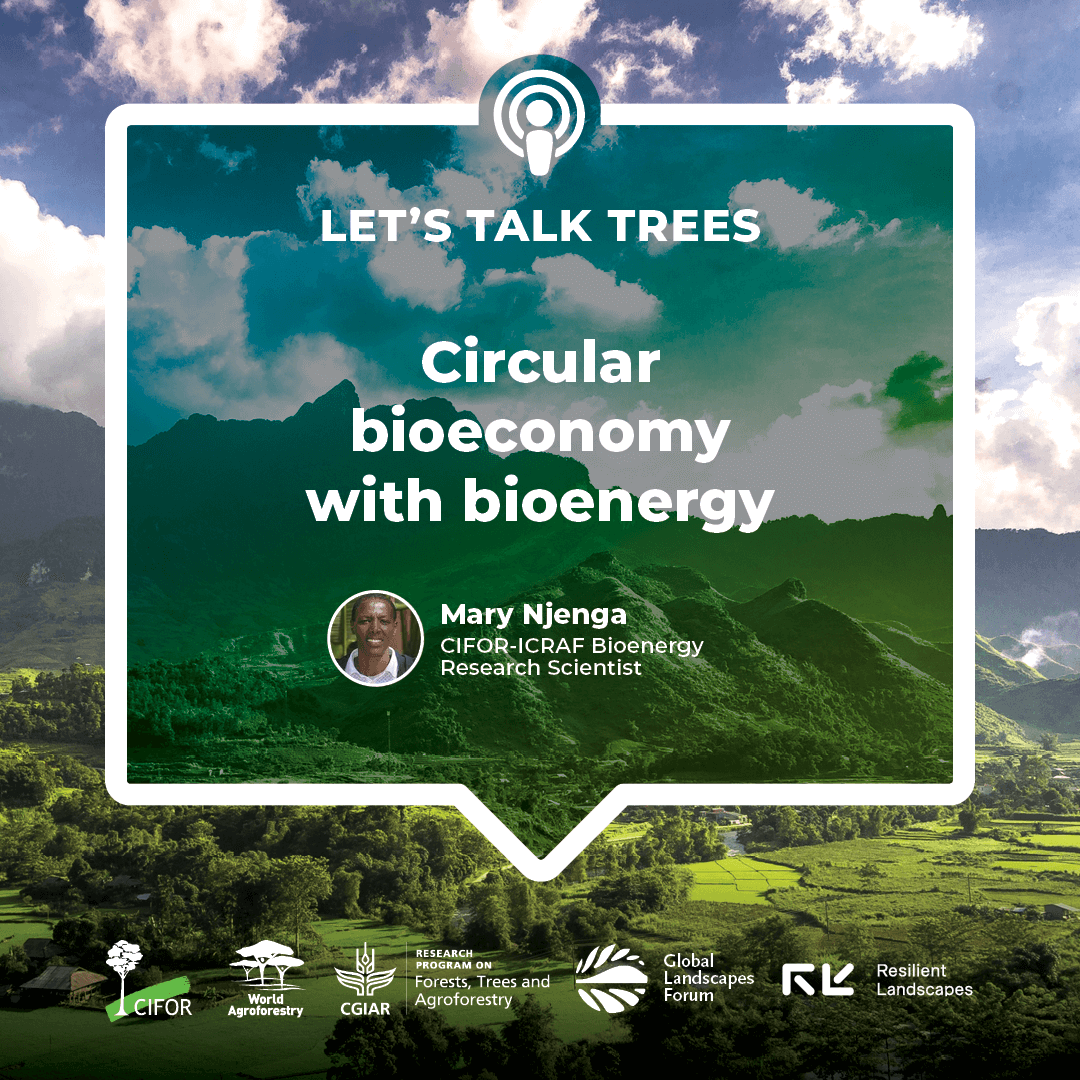
Circular bioeconomy with bioenergy
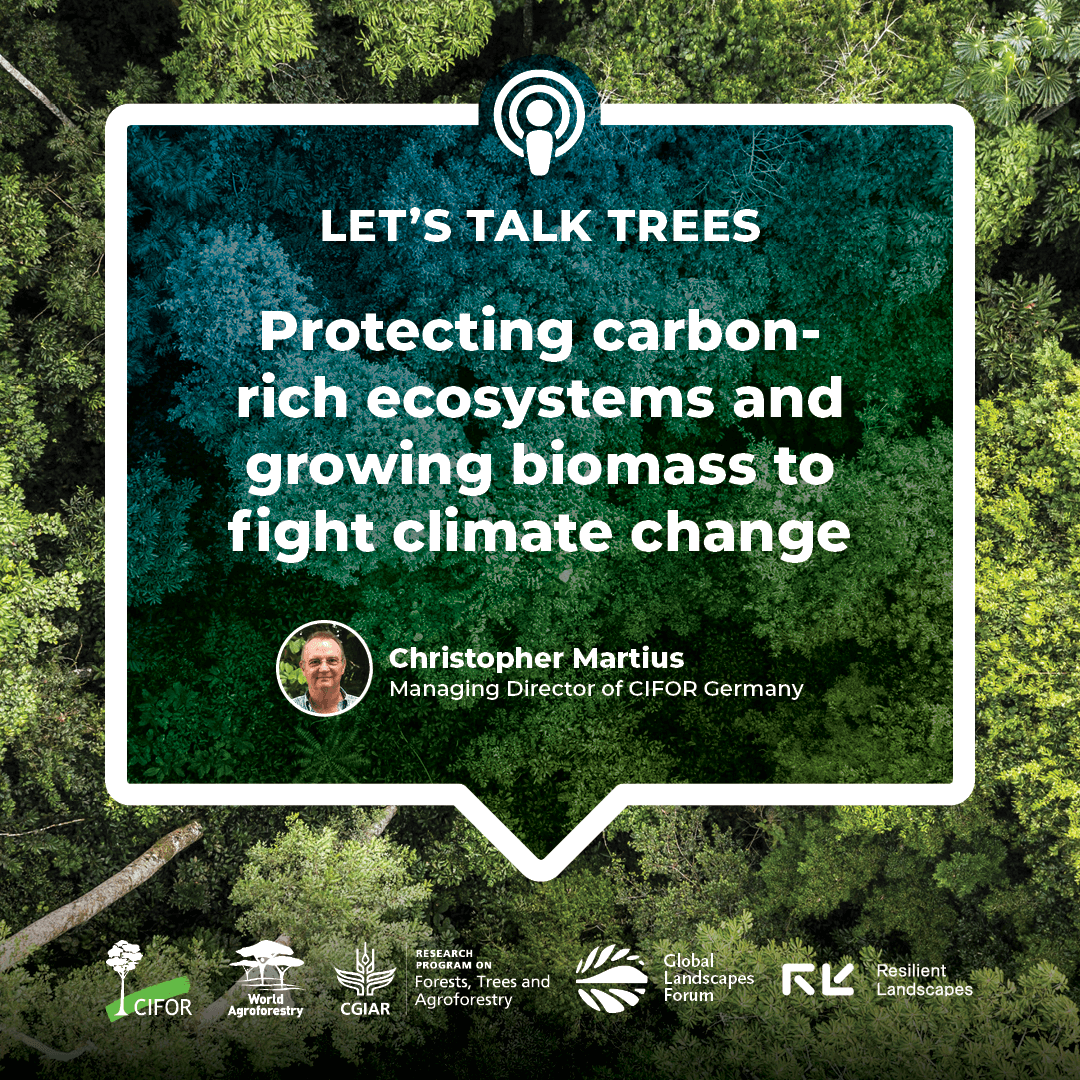
Protecting carbon-rich ecosystems and growing biomass to fight climate change
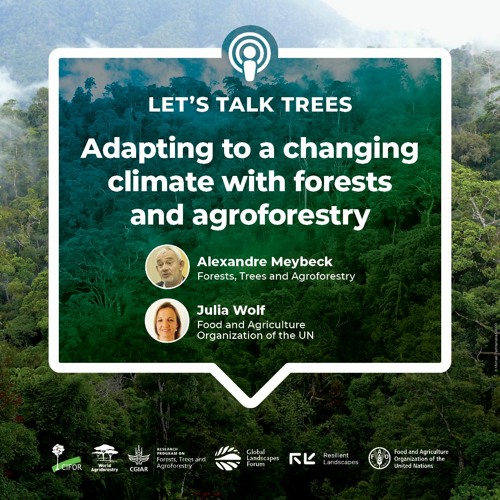
Adapting to a changing climate with forests and agroforestry
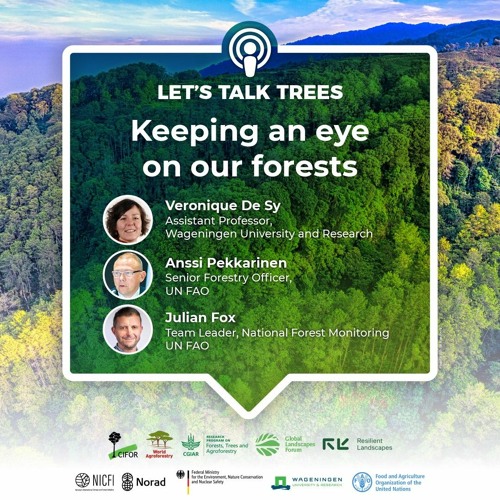
Keeping an eye on our forests
Events
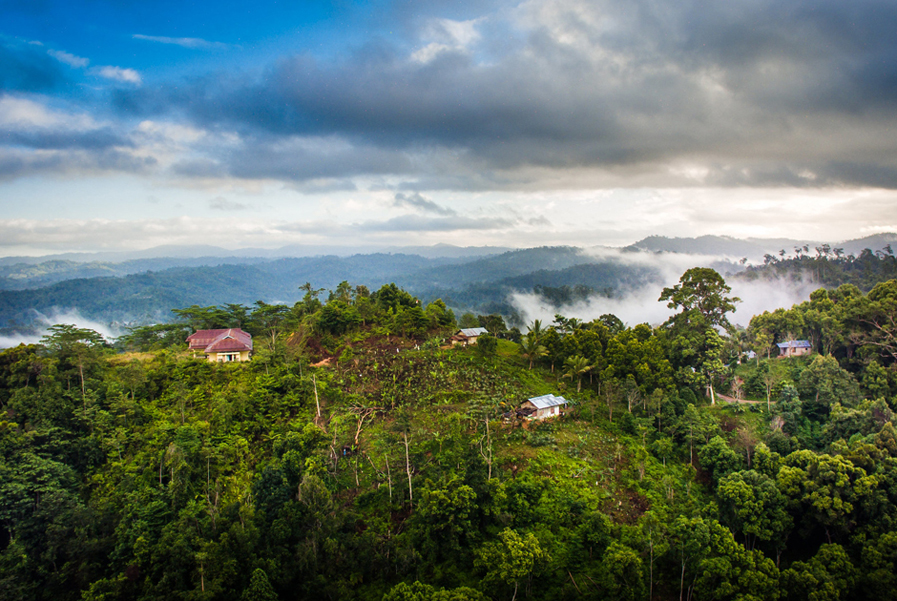
CIFOR-ICRAF at COP26: People and nature together can reverse the damage to our planet

GLF Climate: Forests, Food, Finance – Frontiers of Change
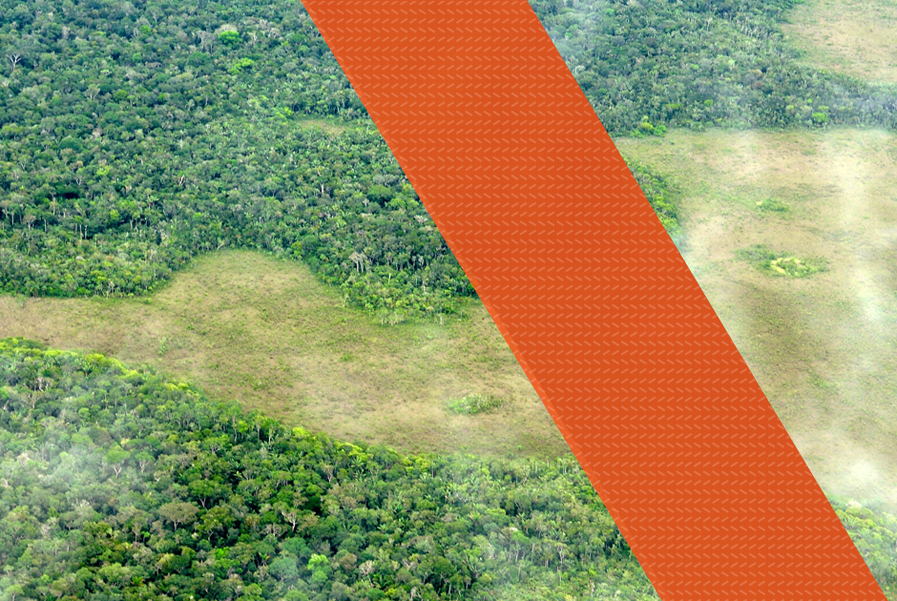
GLF Amazonia: The Tipping Point – Solutions from the Inside Out
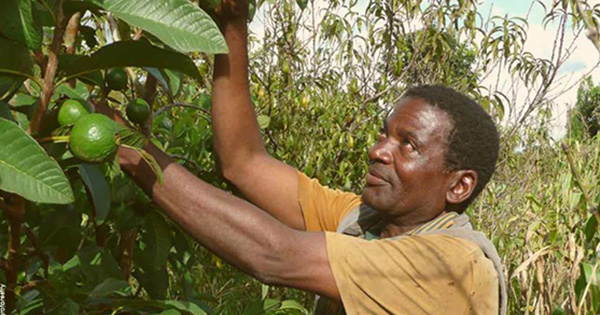
Food. Nature. People.
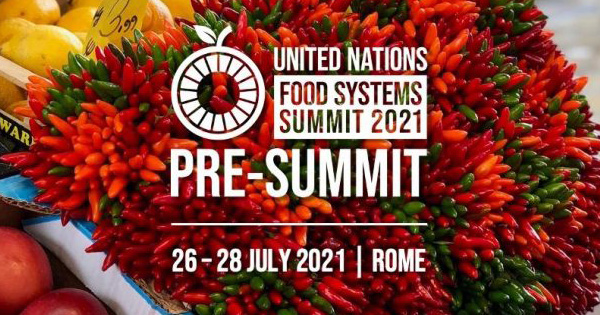
Pre-Summit of the UN Food Systems Summit
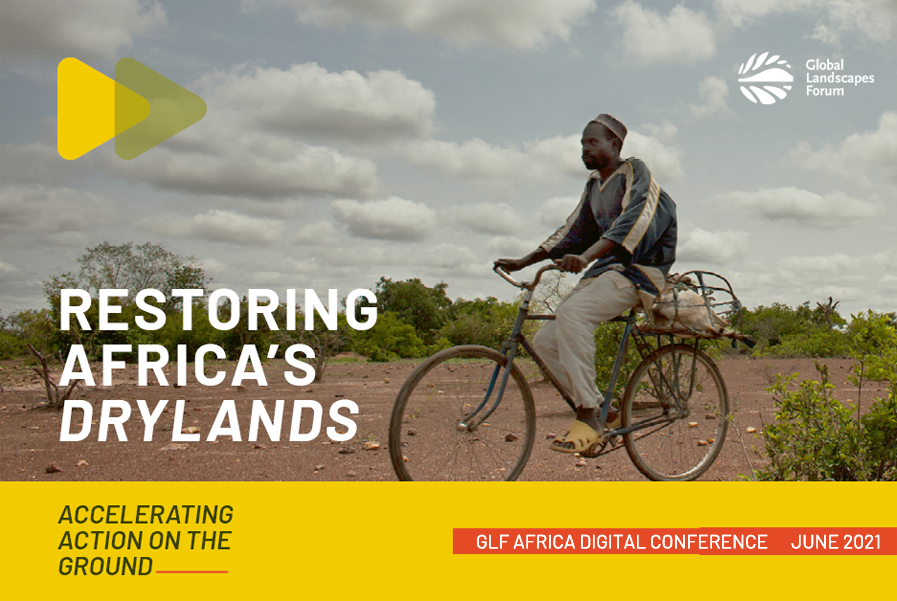
GLF Africa 2021: Restoring Africa’s Drylands
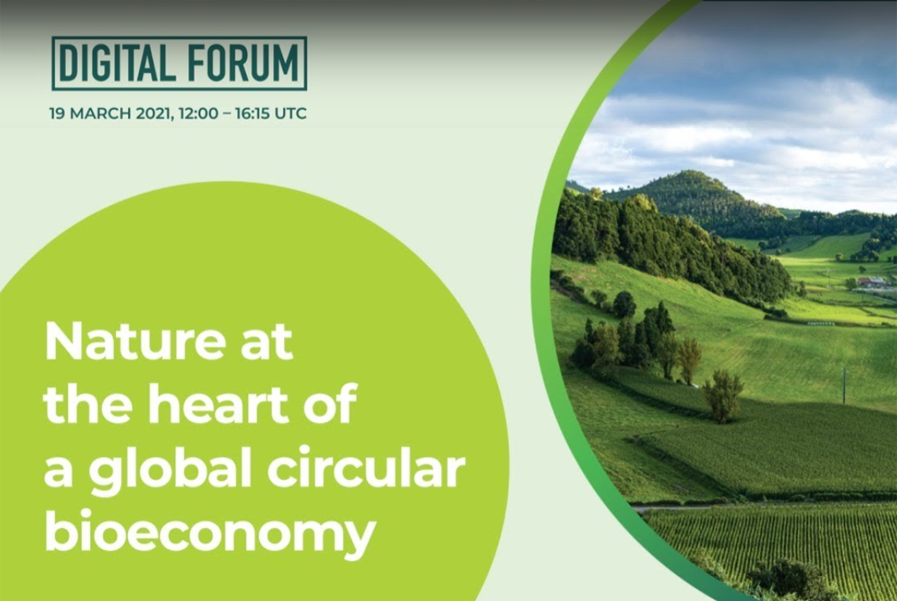
Nature at the heart of a global circular bioeconomy
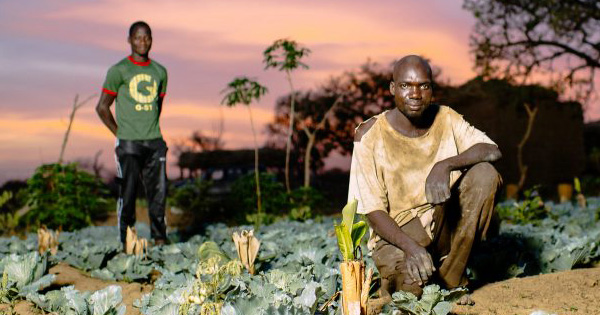
Addressing knowledge and implementation gaps on agroecological transitions: A way forward for research and development through the Transformative Partnership Platform

FTA Final Event: Ten years of FTA research for people and the planet
In Depth

When taking meat off the menu is not an option: fighting malnutrition in Congo Basin forests
How to improve access to sustainable diets for rural communities
Read more
Seal of approval for Gunung Sewu UNESCO Global Geopark karst ecosystem in Indonesia
Commemorative postage stamps celebrate Kanoppi conservation efforts.
Read more
Key messages for the UN Food Systems Summit
Game-changing solutions for our ‘broken’ food system already exist. The Summit must recognise that policies need to include these solutions in more integrated approaches.
Read more
Trees on farms come with hidden costs that can now be calculated
A new tool enables estimation of investment costs for establishing trees on farms.
Read more
Sustainable finance 101: How to mobilize funds for the planet
All the ins and outs of sustainable investing.
Read more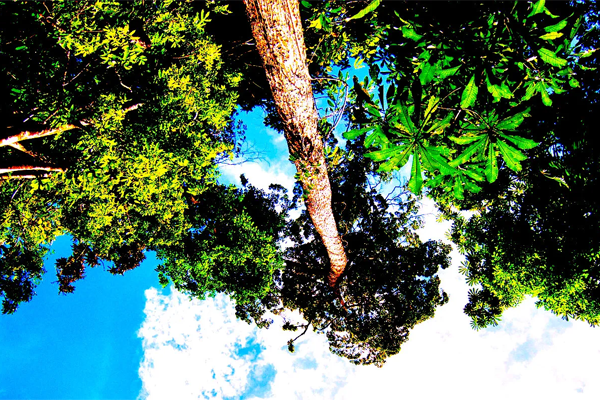
The Amazon rainforest is nearing its tipping point – but what does that mean?
Unraveling the complex equation of deforestation, warming and fires pushing the rainforest to its brink.
Read more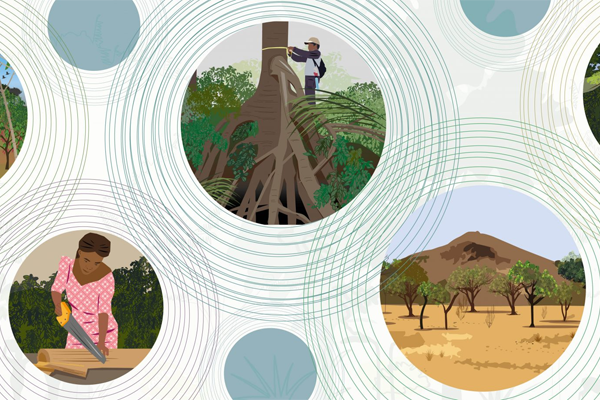
FTA highlights of a decade 2011-2021
Ten years of forests, trees and agroforestry research in partnership for sustainable development
Read more
The butterfly effect – chaos or crisis?
World Agroforestry director-general Tony Simons muses on what’s needed to preserve critical ecosystems like the Managalas plateau in Papua New Guinea – and the potential impacts of failing to do so.
Read more
Nature-based solutions wanted!
In the midst of the COVID-19 pandemic, the need for more resilient communities, societies, and landscapes, became more apparent than ever. Consumers increased their preference for local purchases; finance adopted sustainability targets at an unprecedented scale; and billions of dollars in private capital and public money were committed to nature-based solutions. But gaps on the supply side remain.
Read moreSocial media

Papua New Guinea: Sustaining Forests for Climate, People and Nature
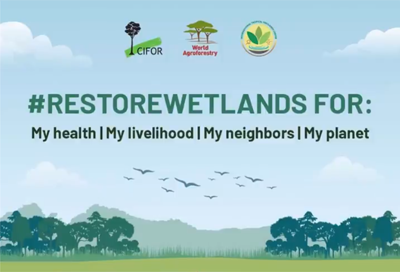
Water, wetlands, and life are inseparable

Gender-responsive implementation guide
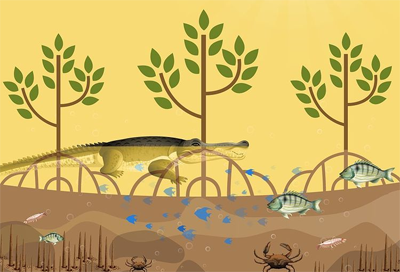
The international day for the conservation of Mangrove ecosystems
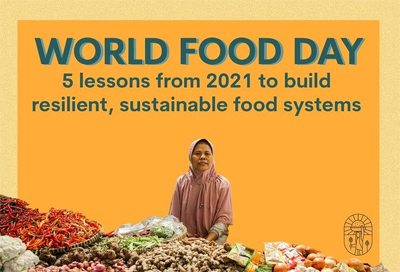
World Food Day
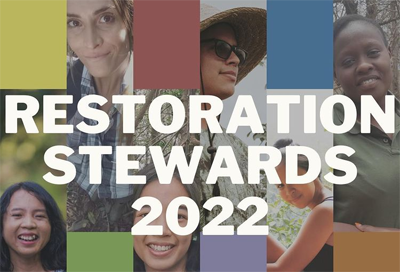
Restoration stewards 2022
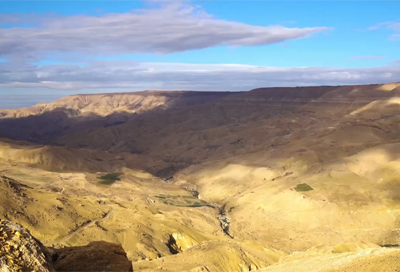
Dryland Myths Debunked!
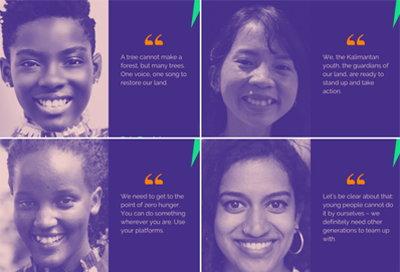
16 women restoring the earth
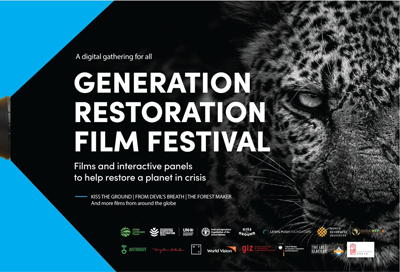
Generation Restoration Film Festival
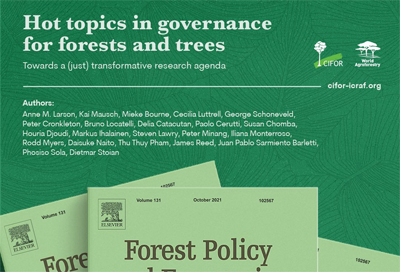
Who decides what kind of transformation is needed and for whom?

The Managalas Conservation Area is a seed we have planted in regard to mitigate the effects of global warming


















